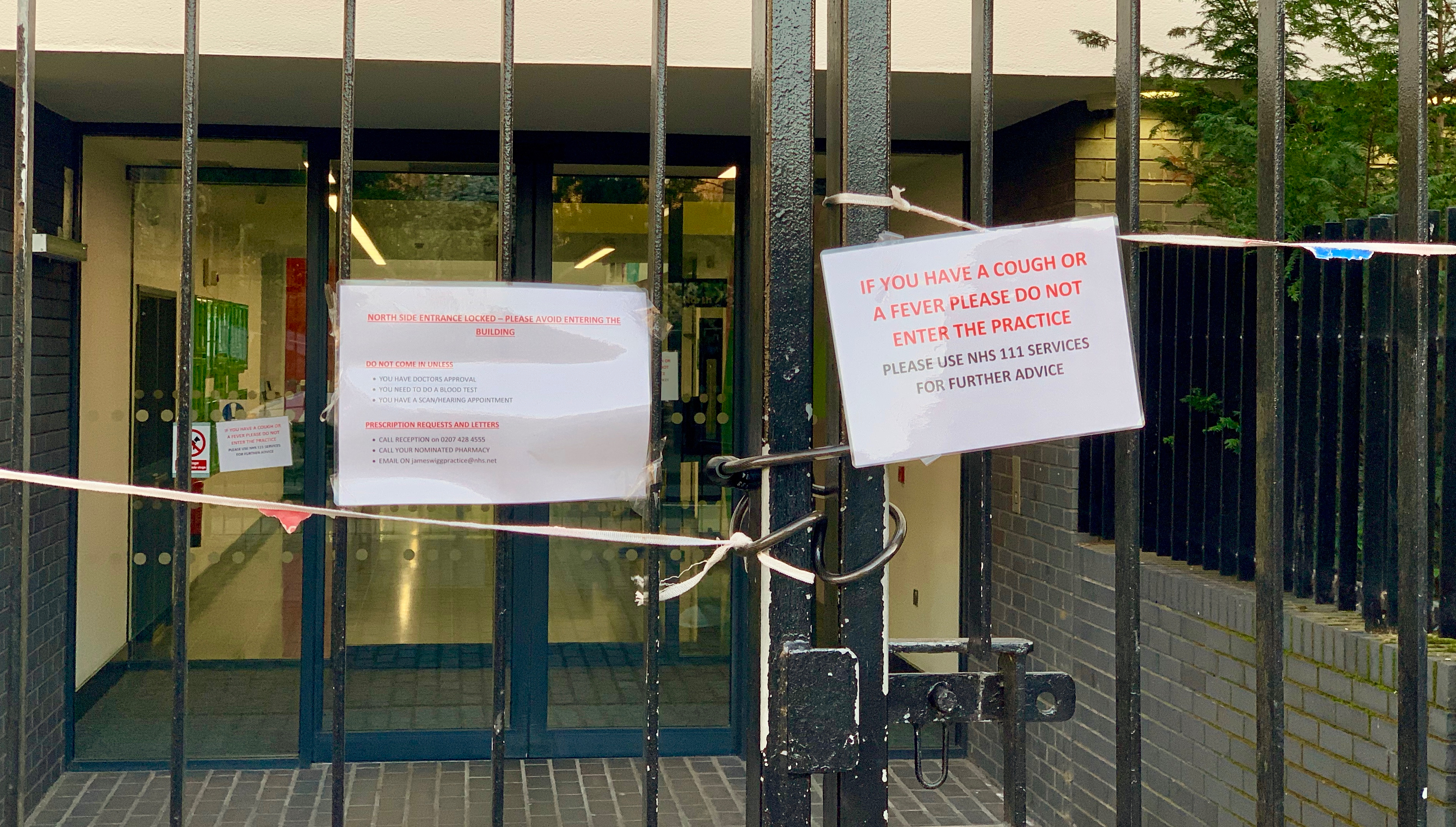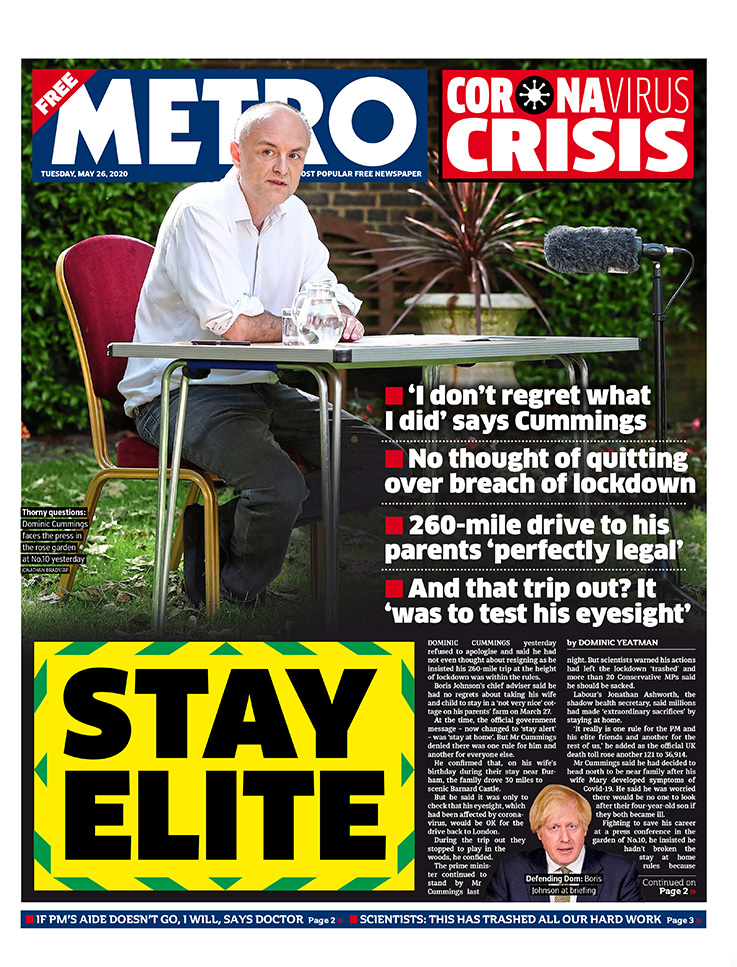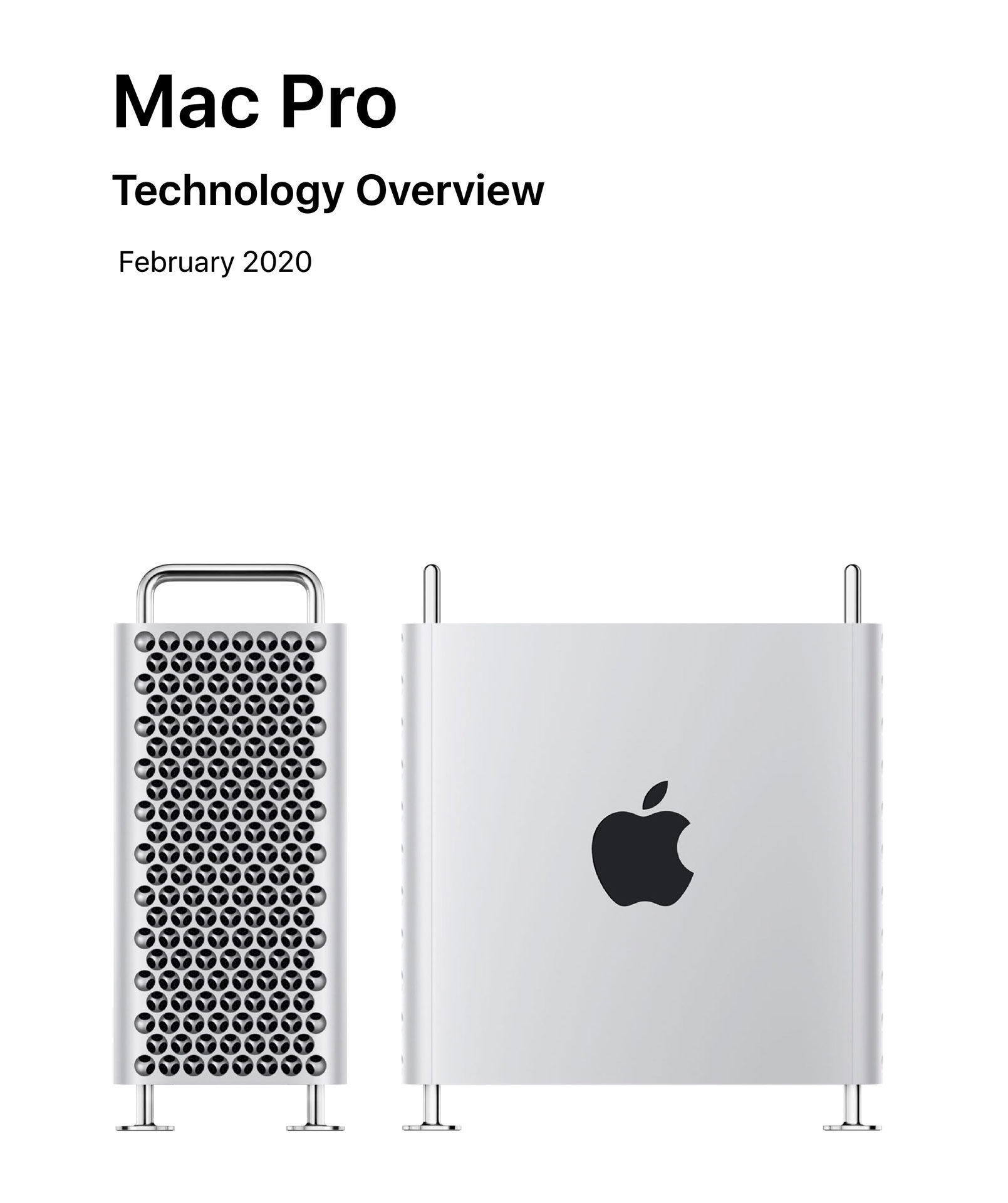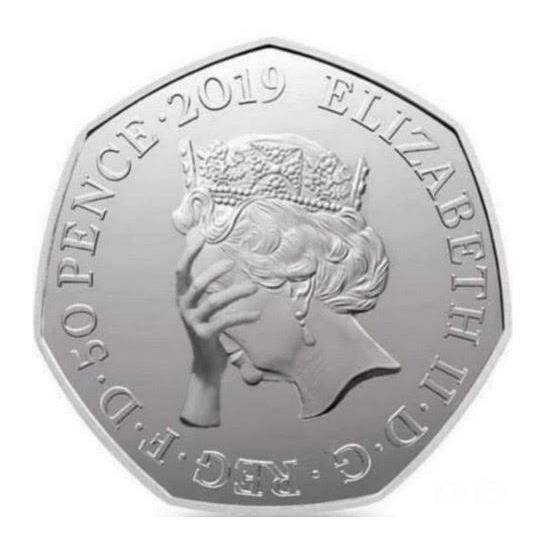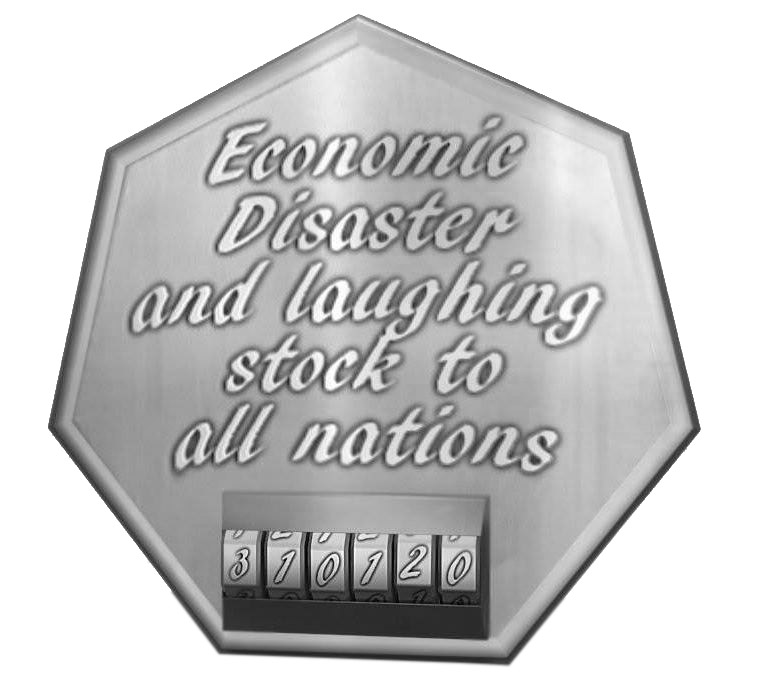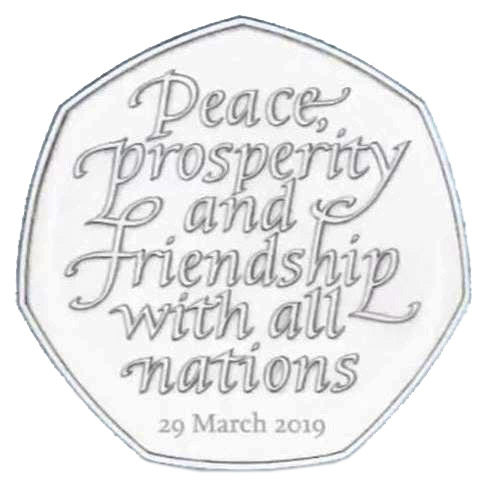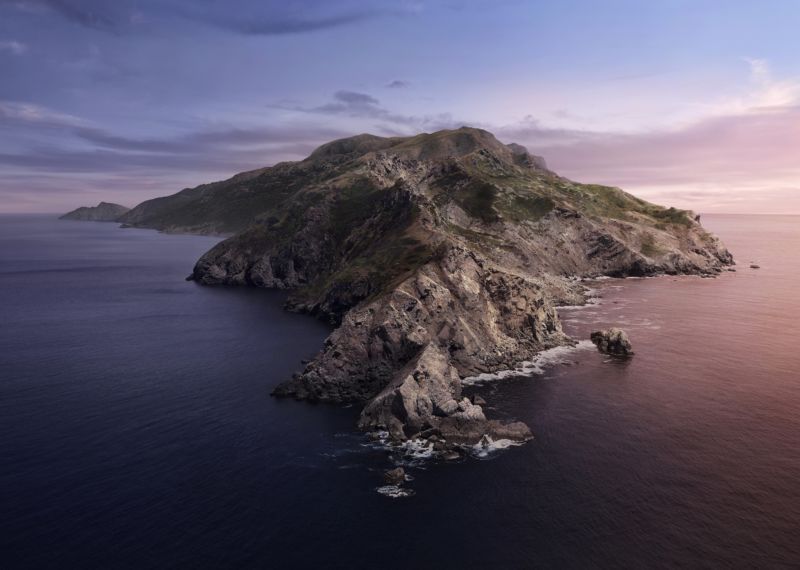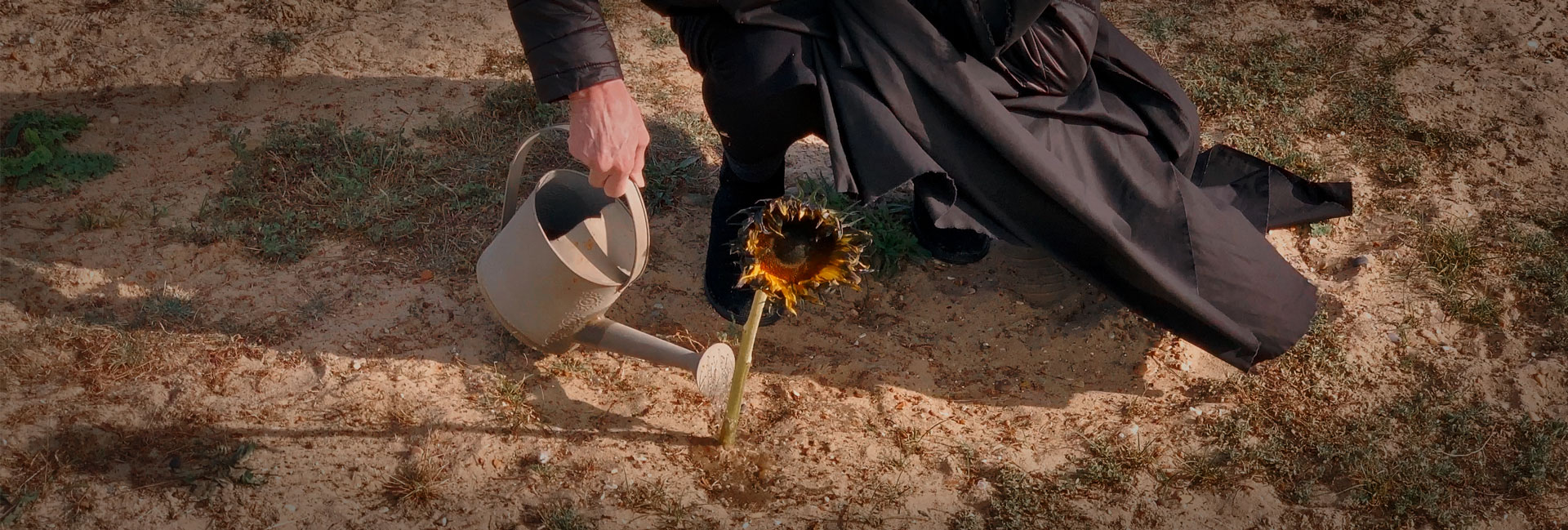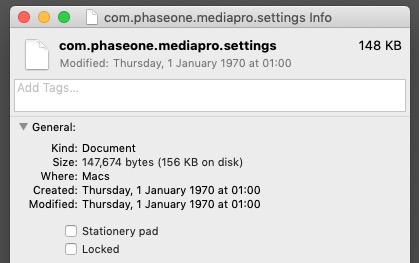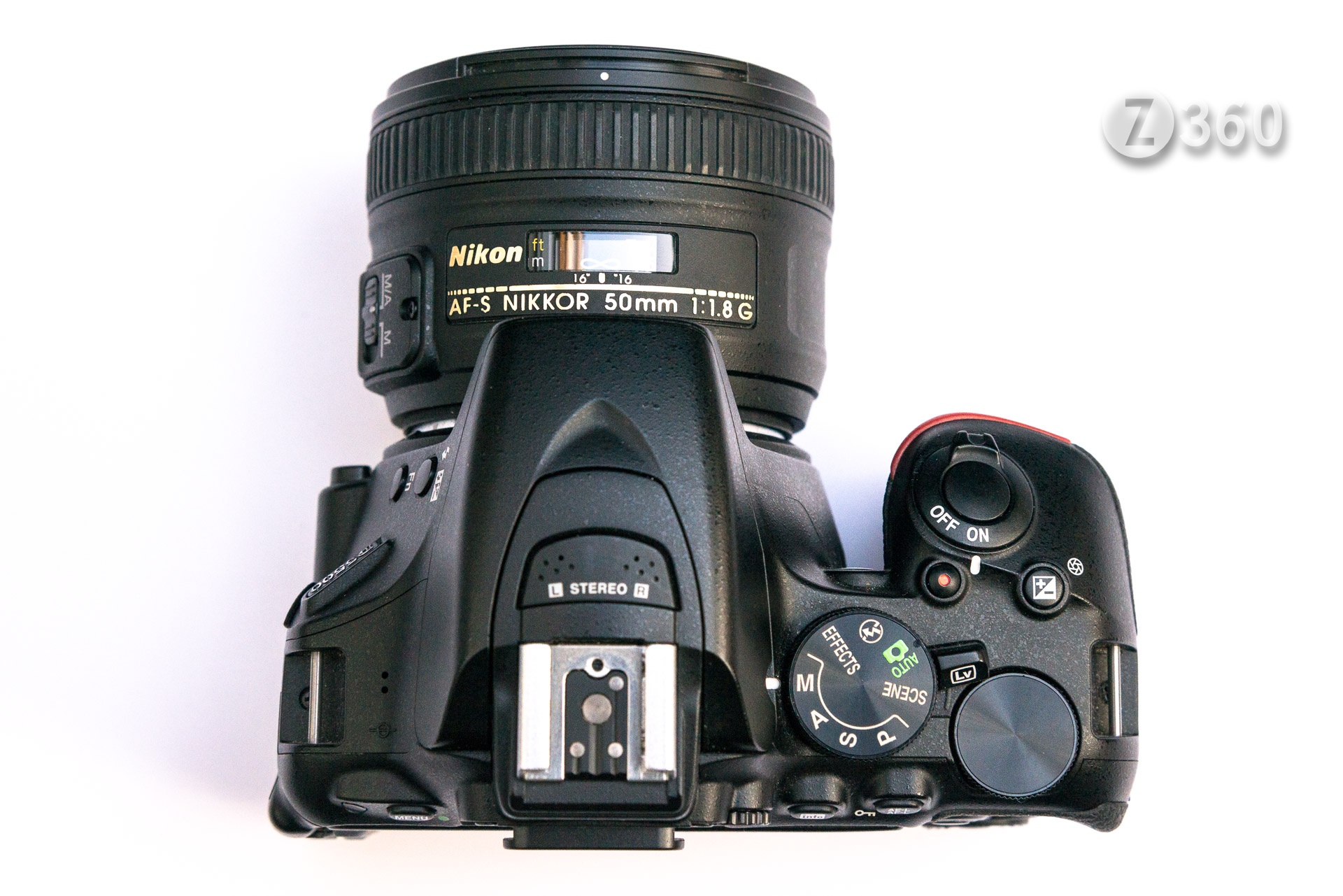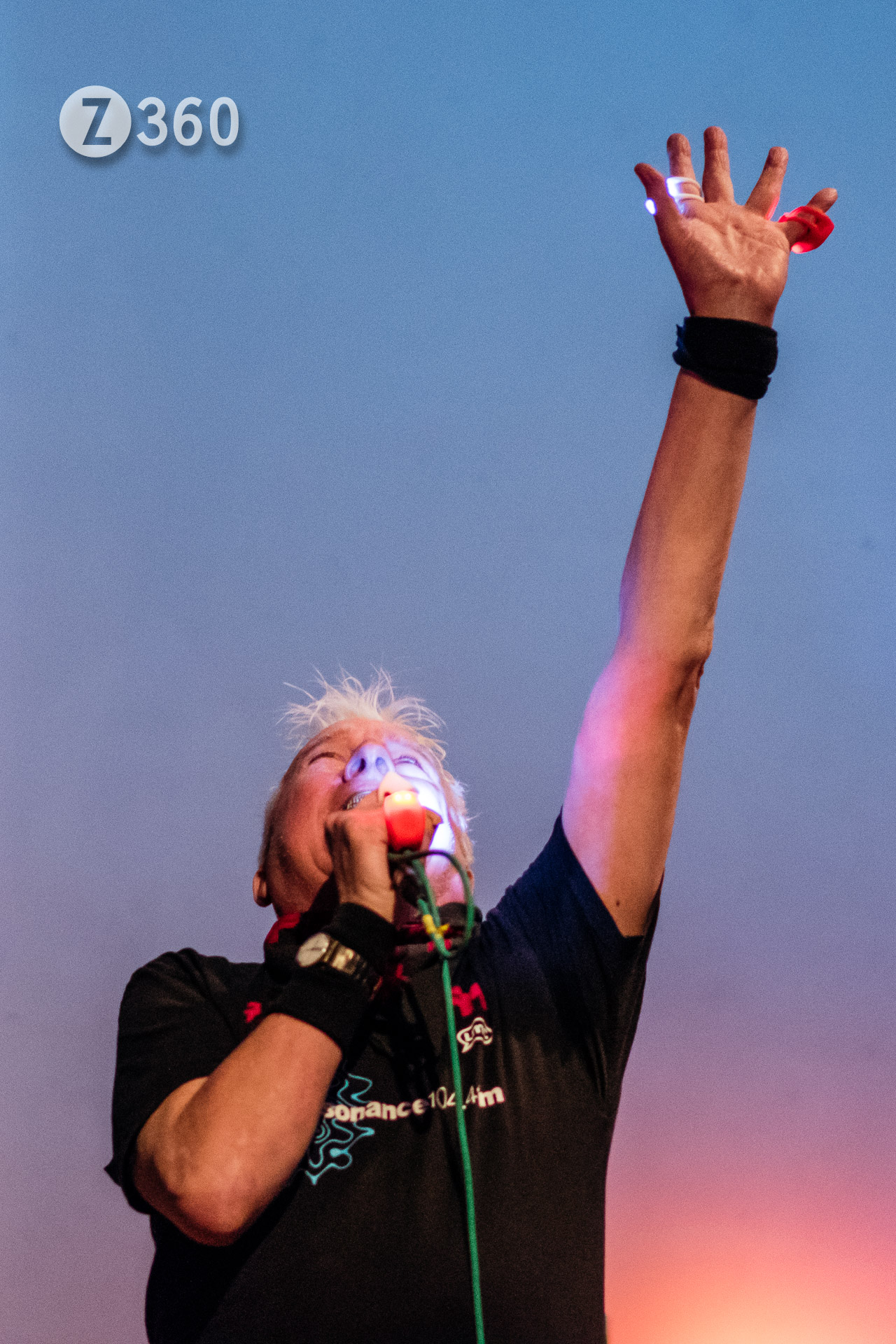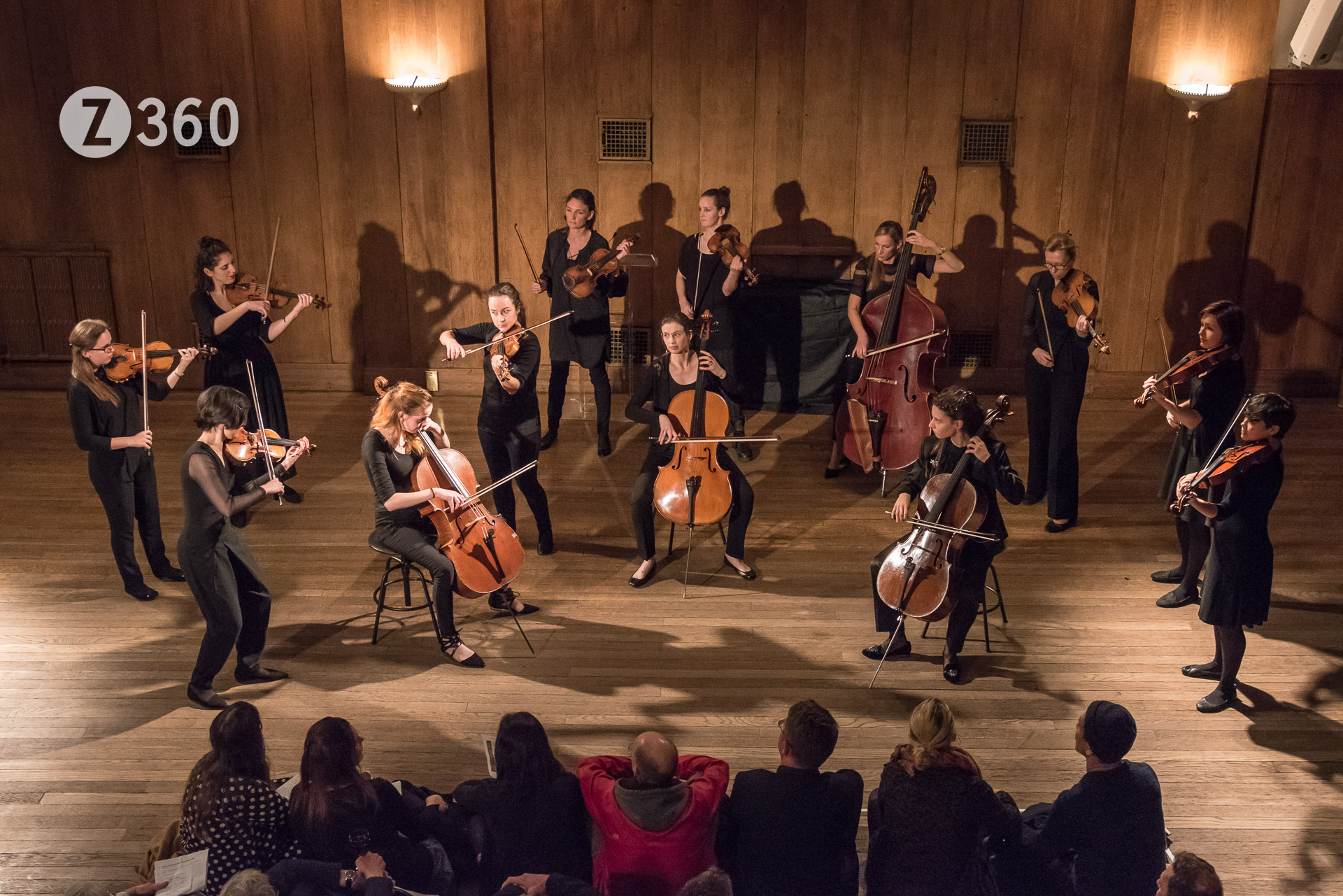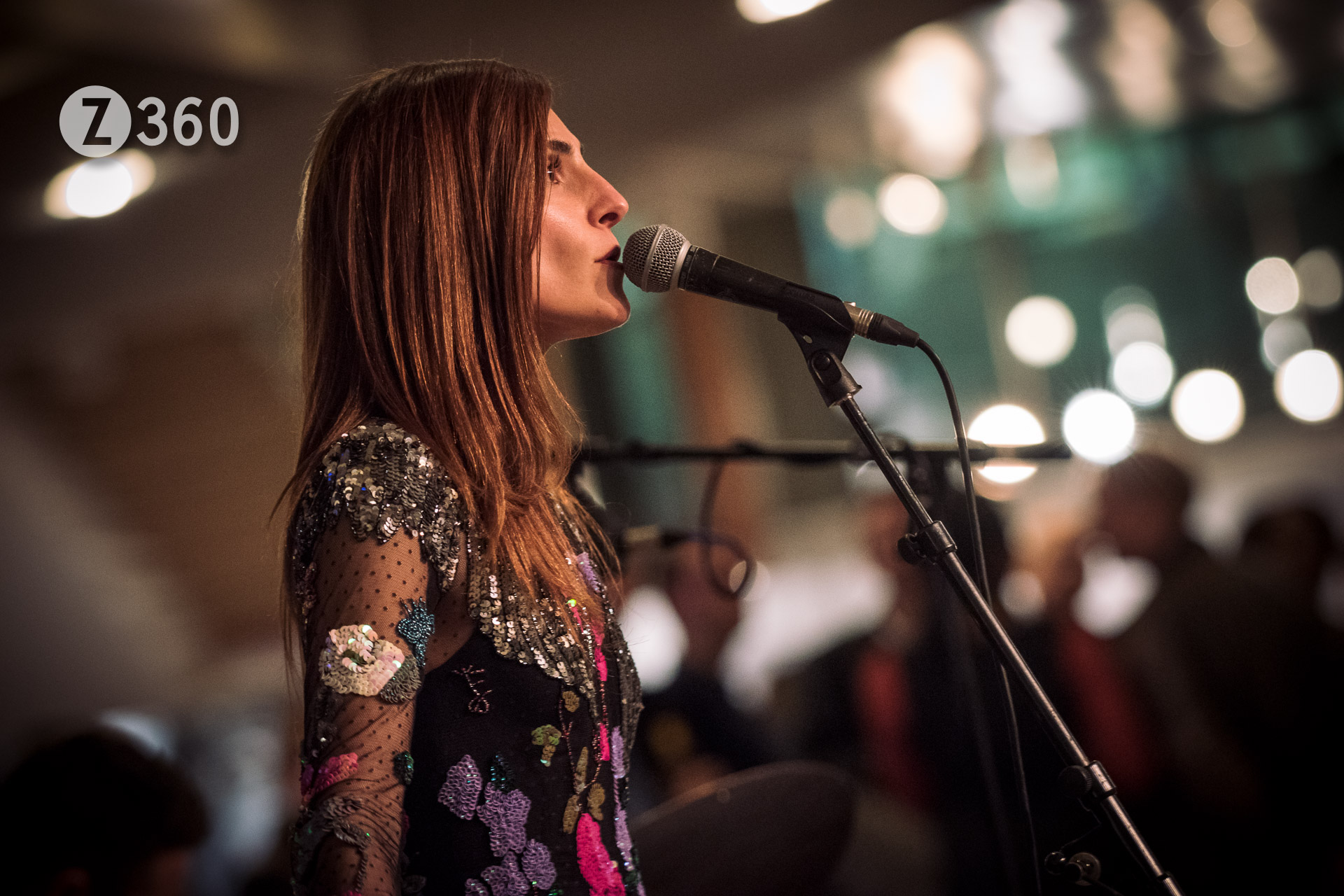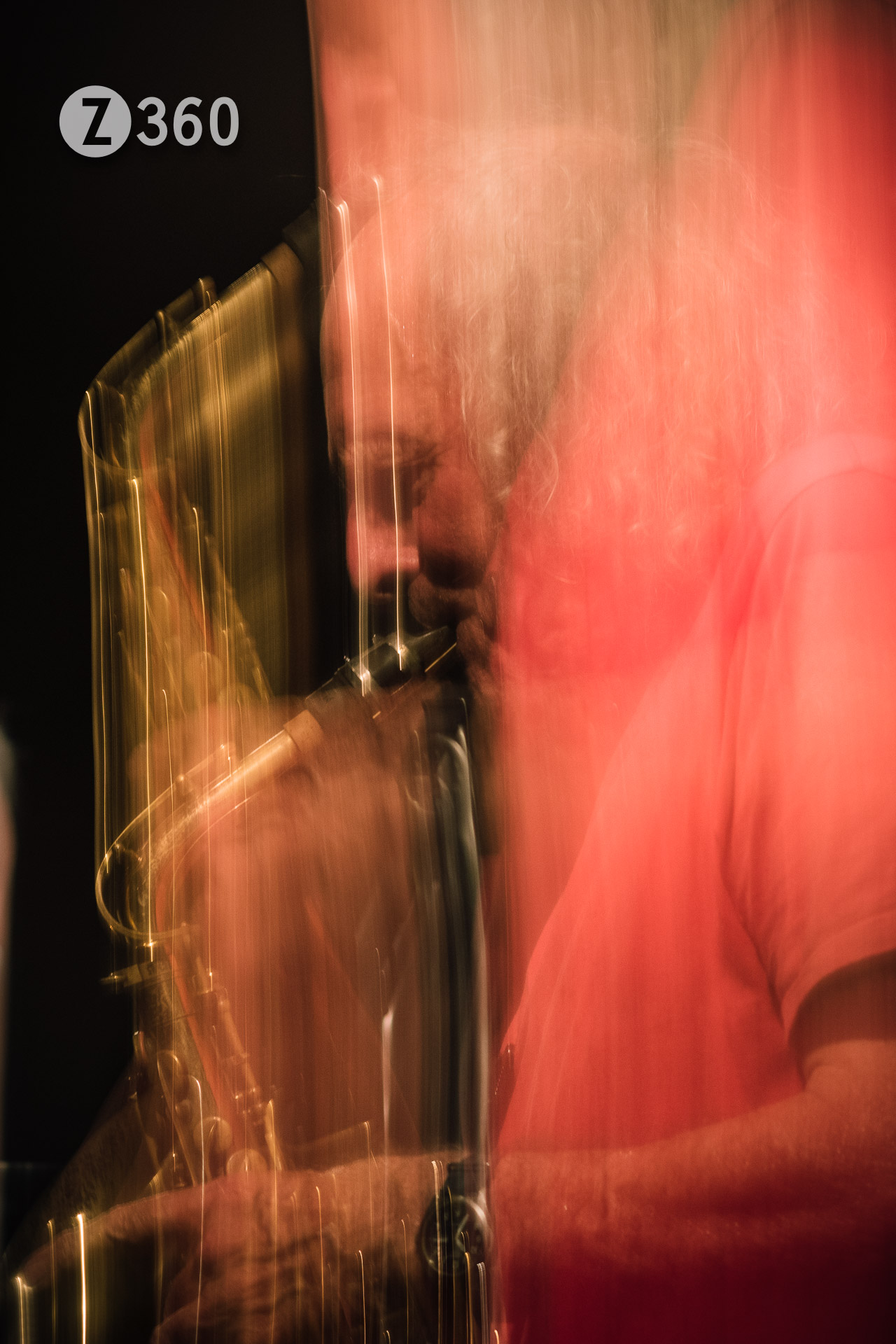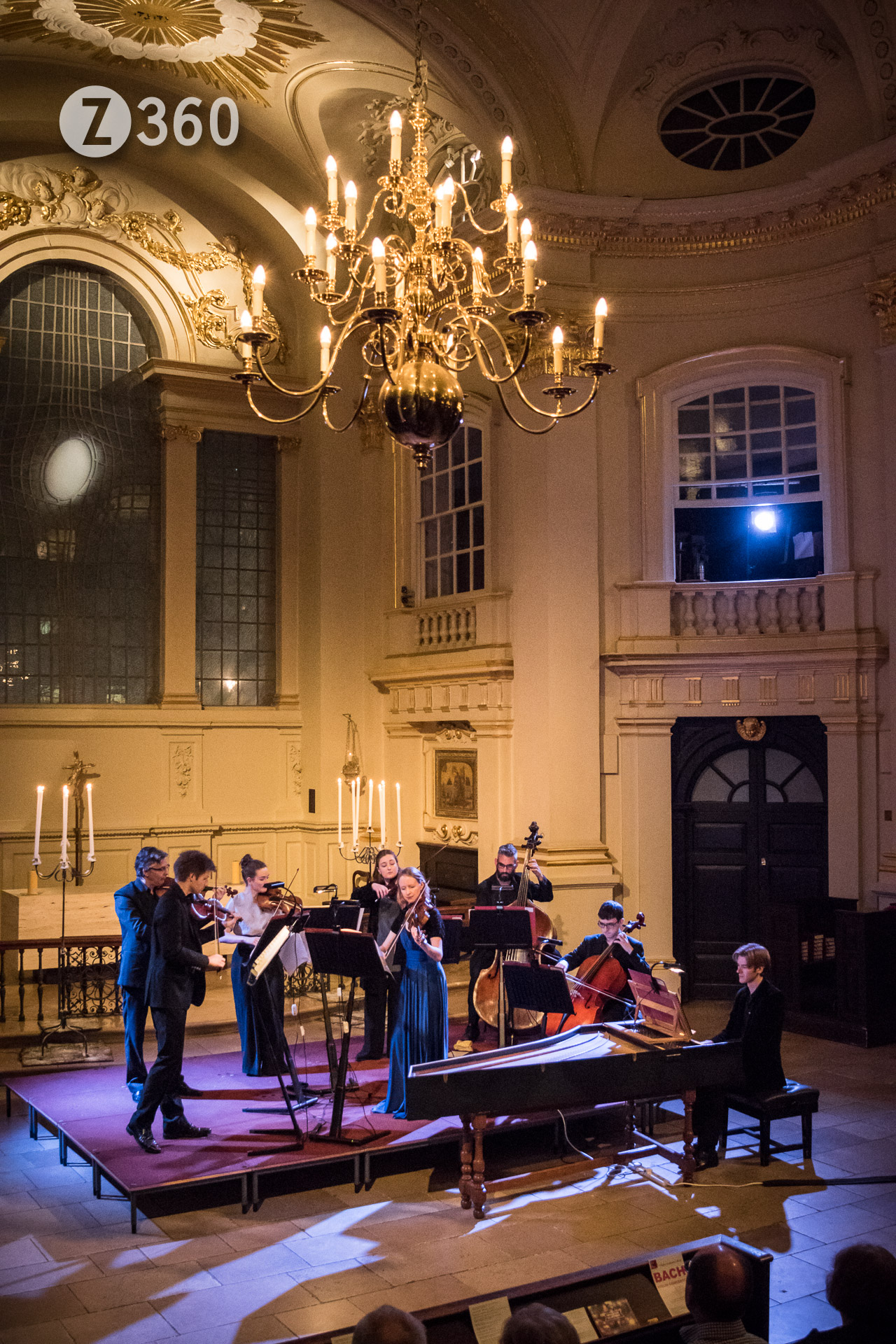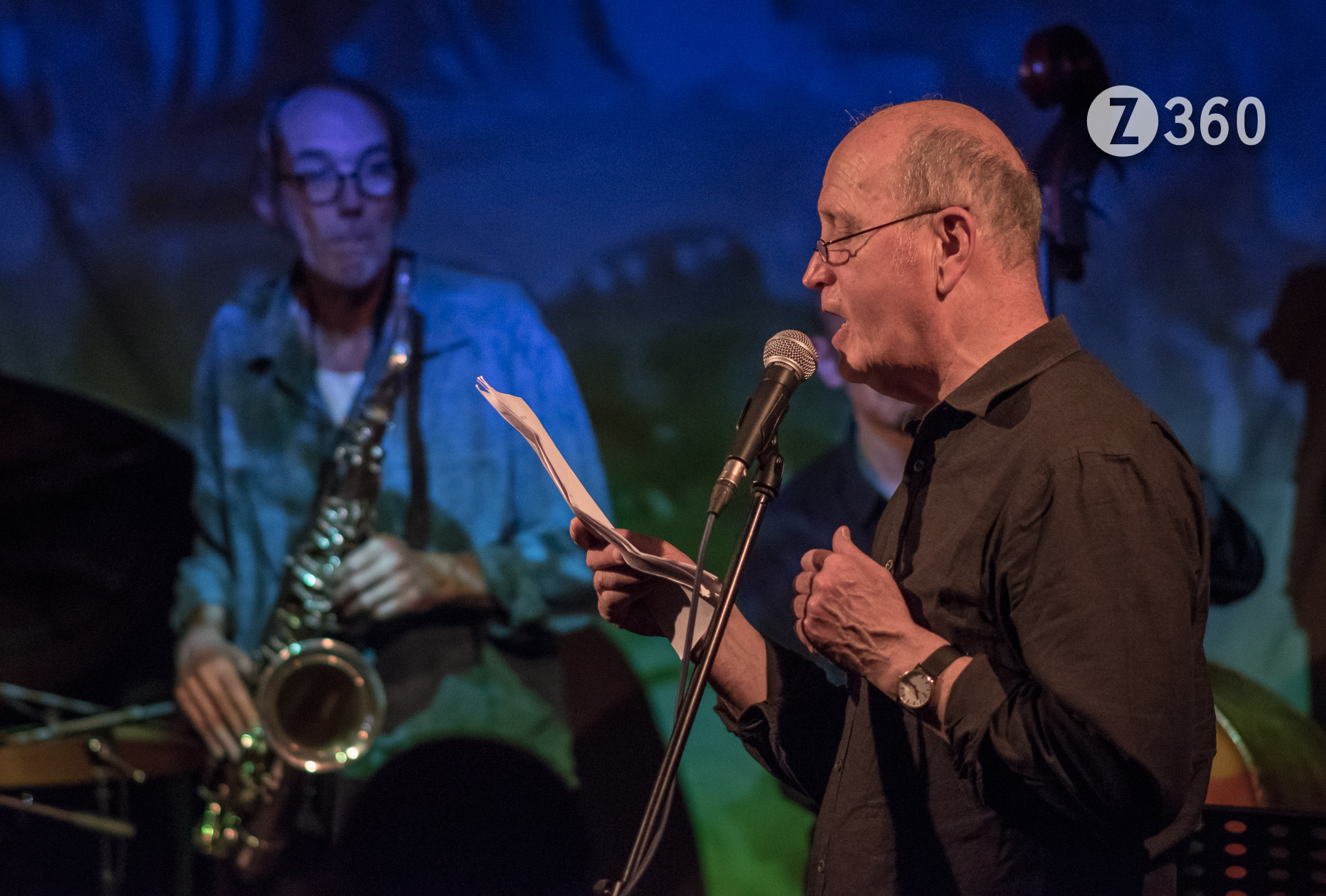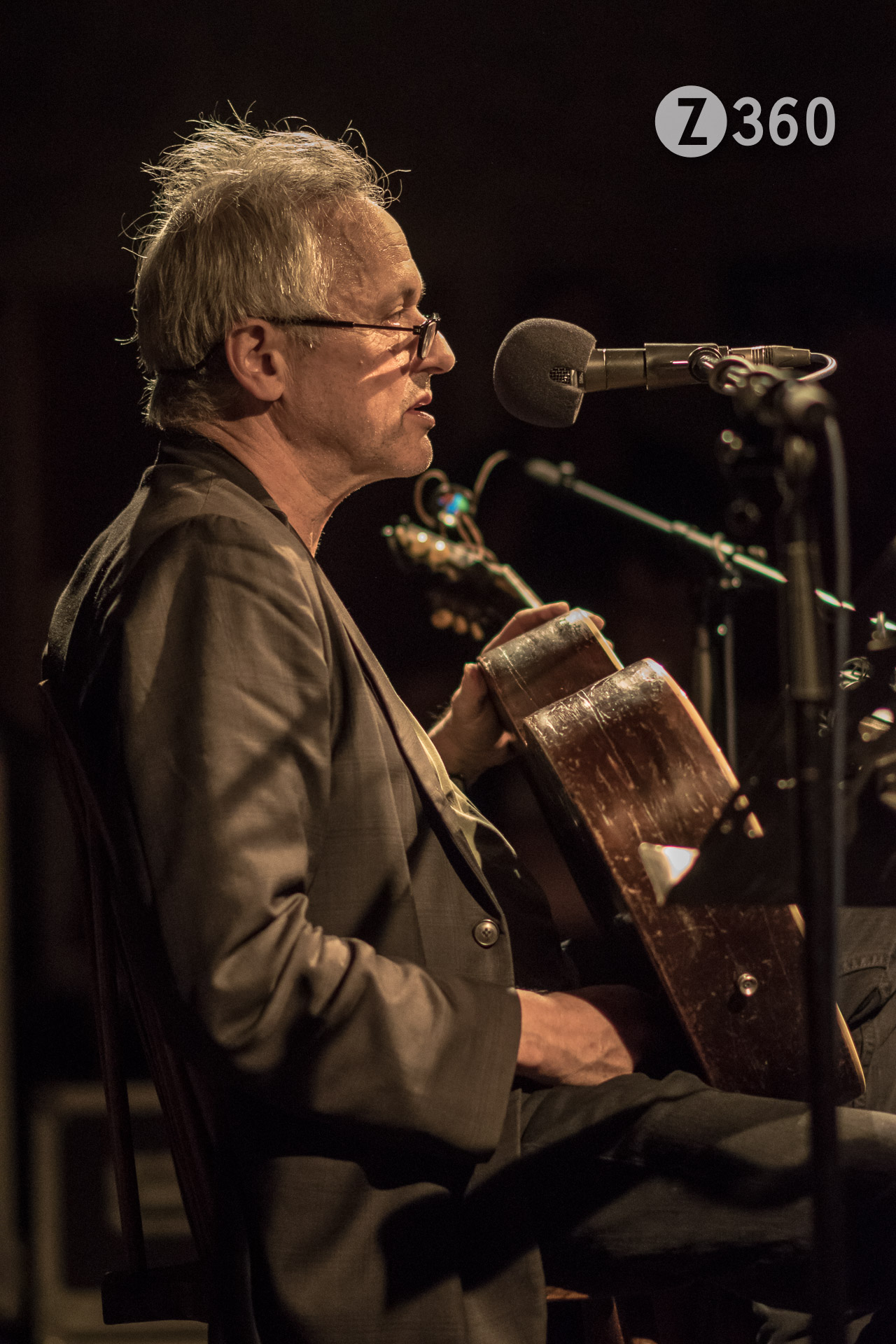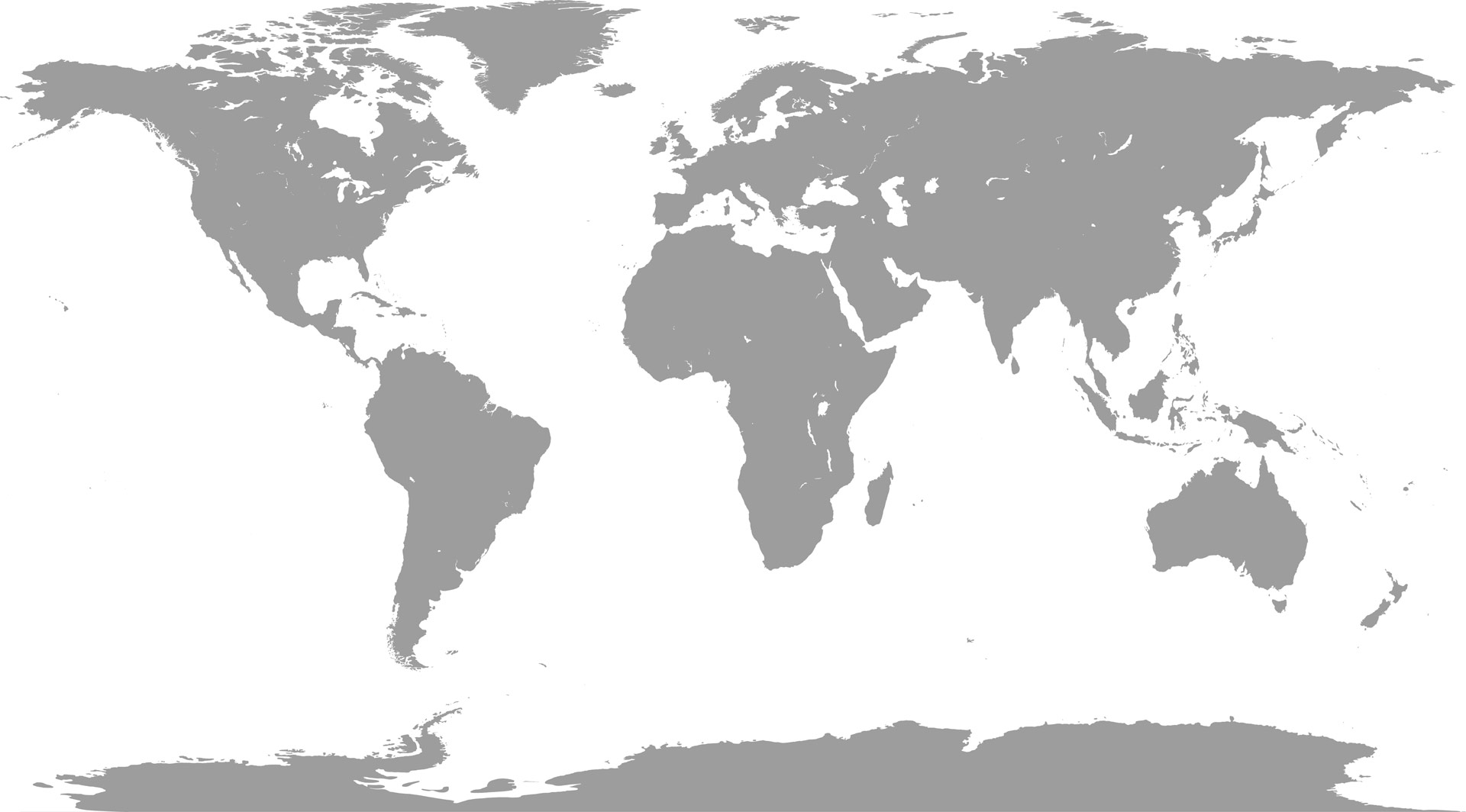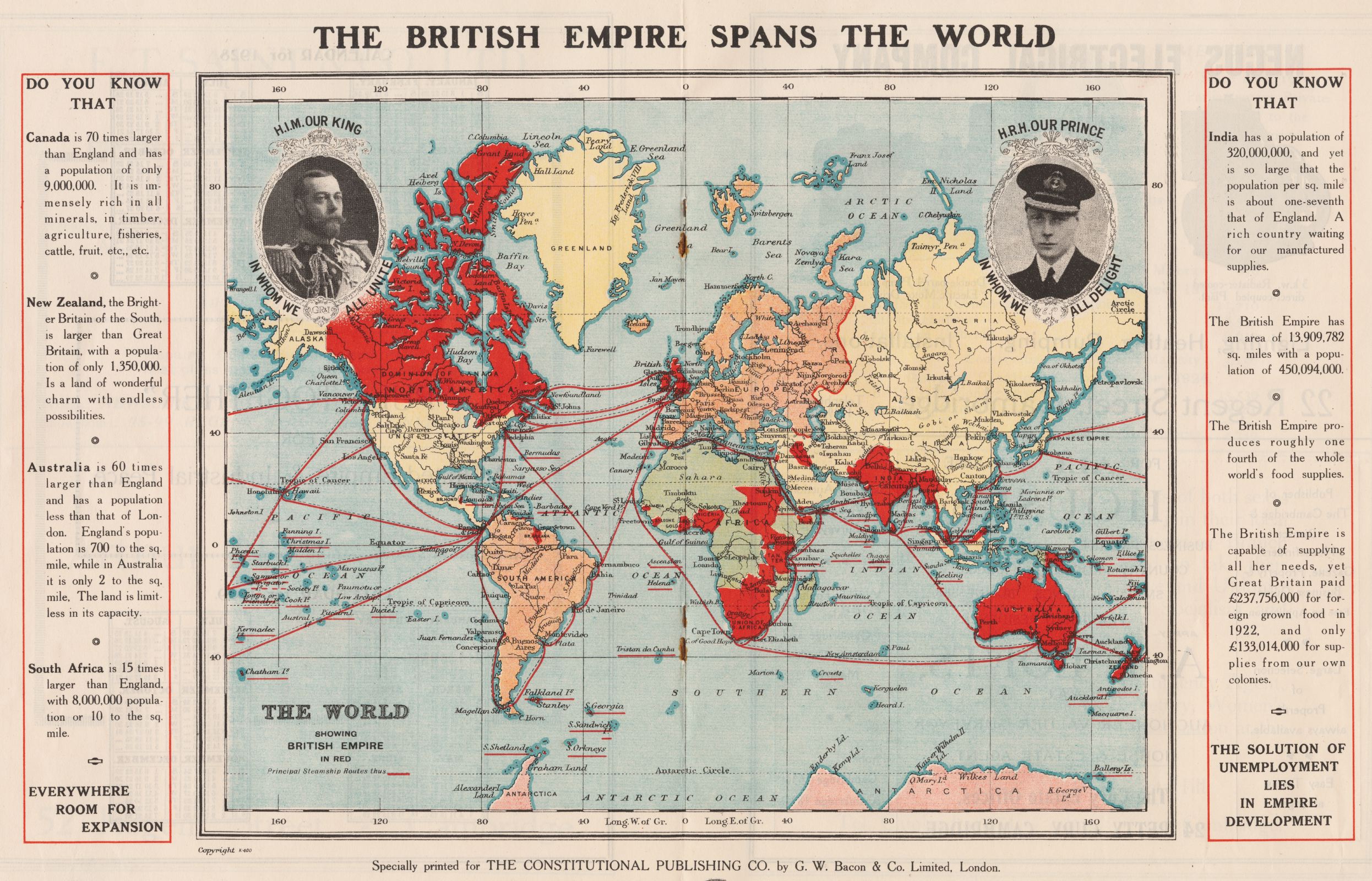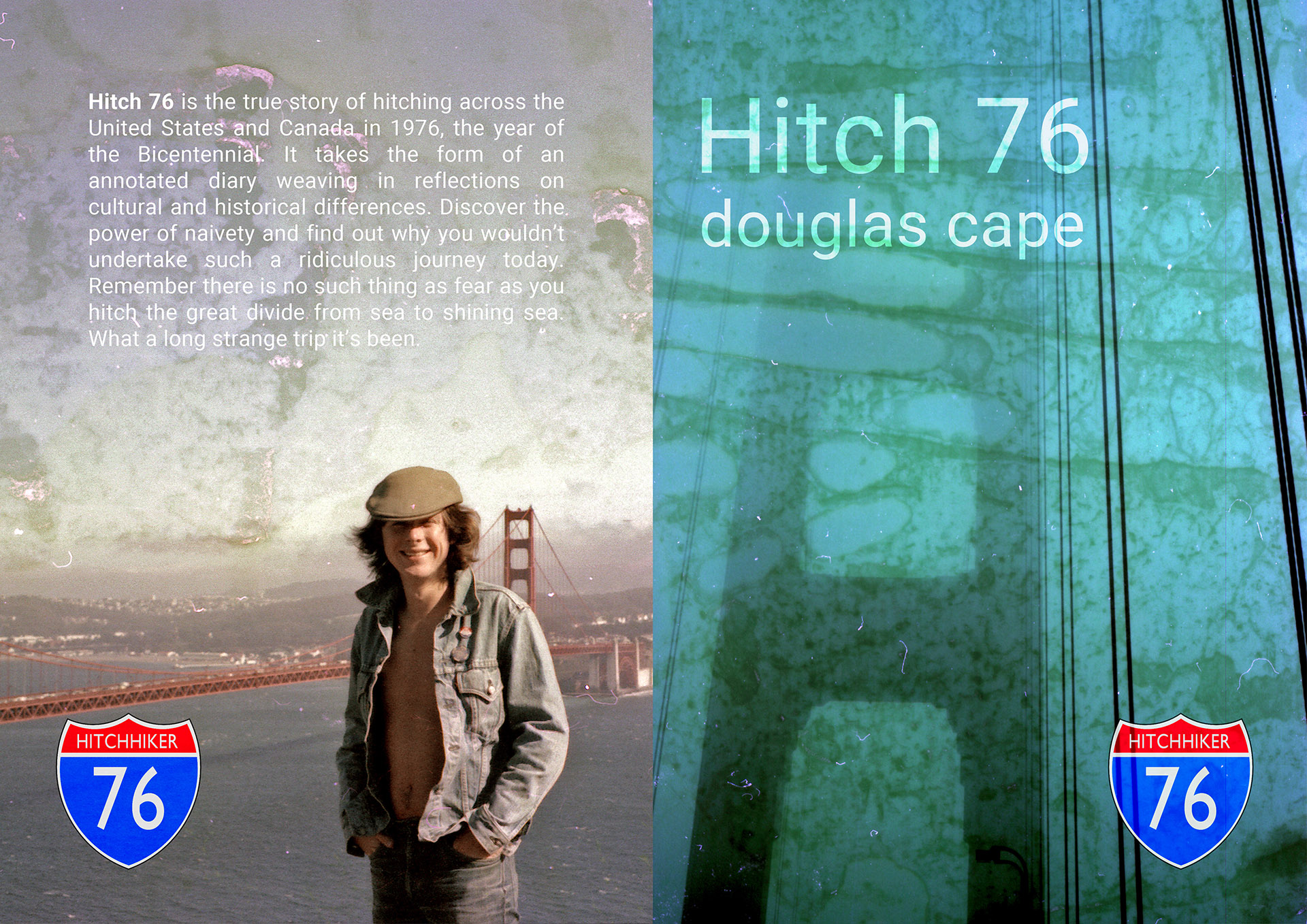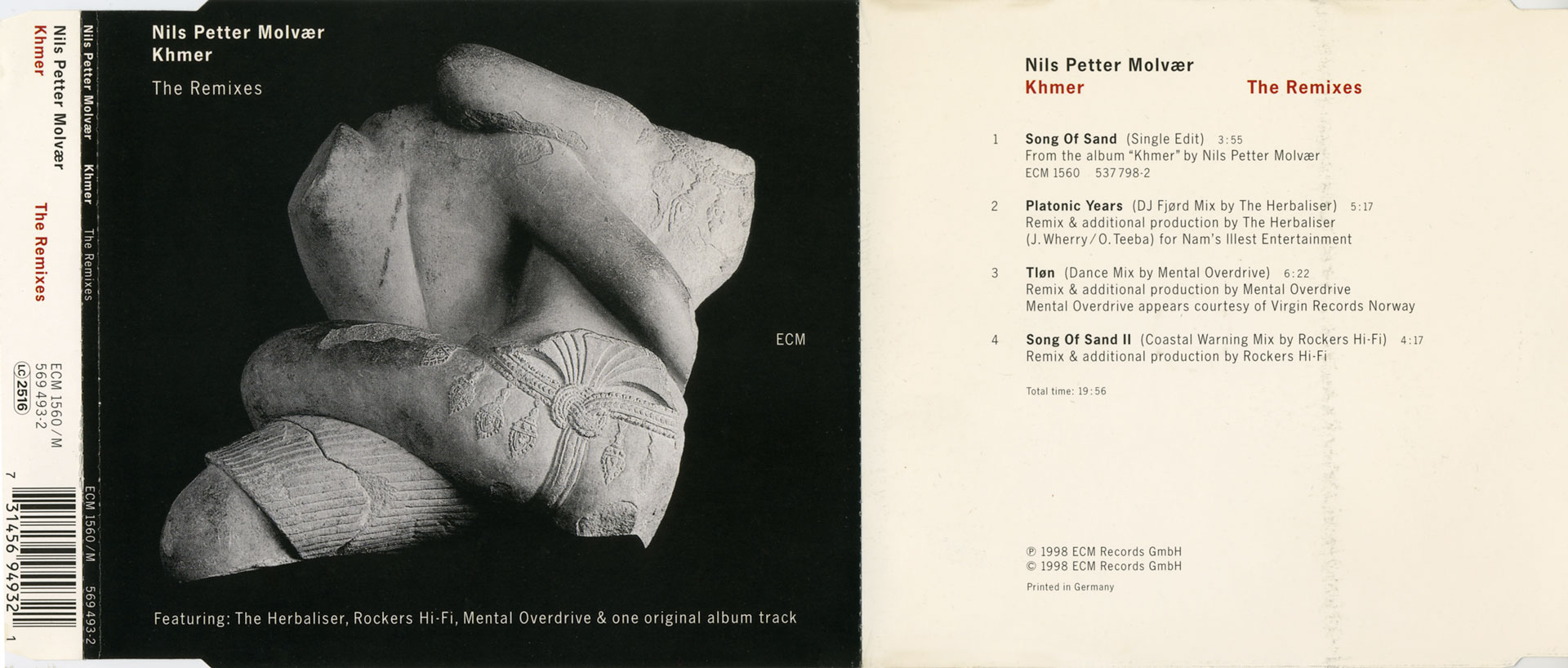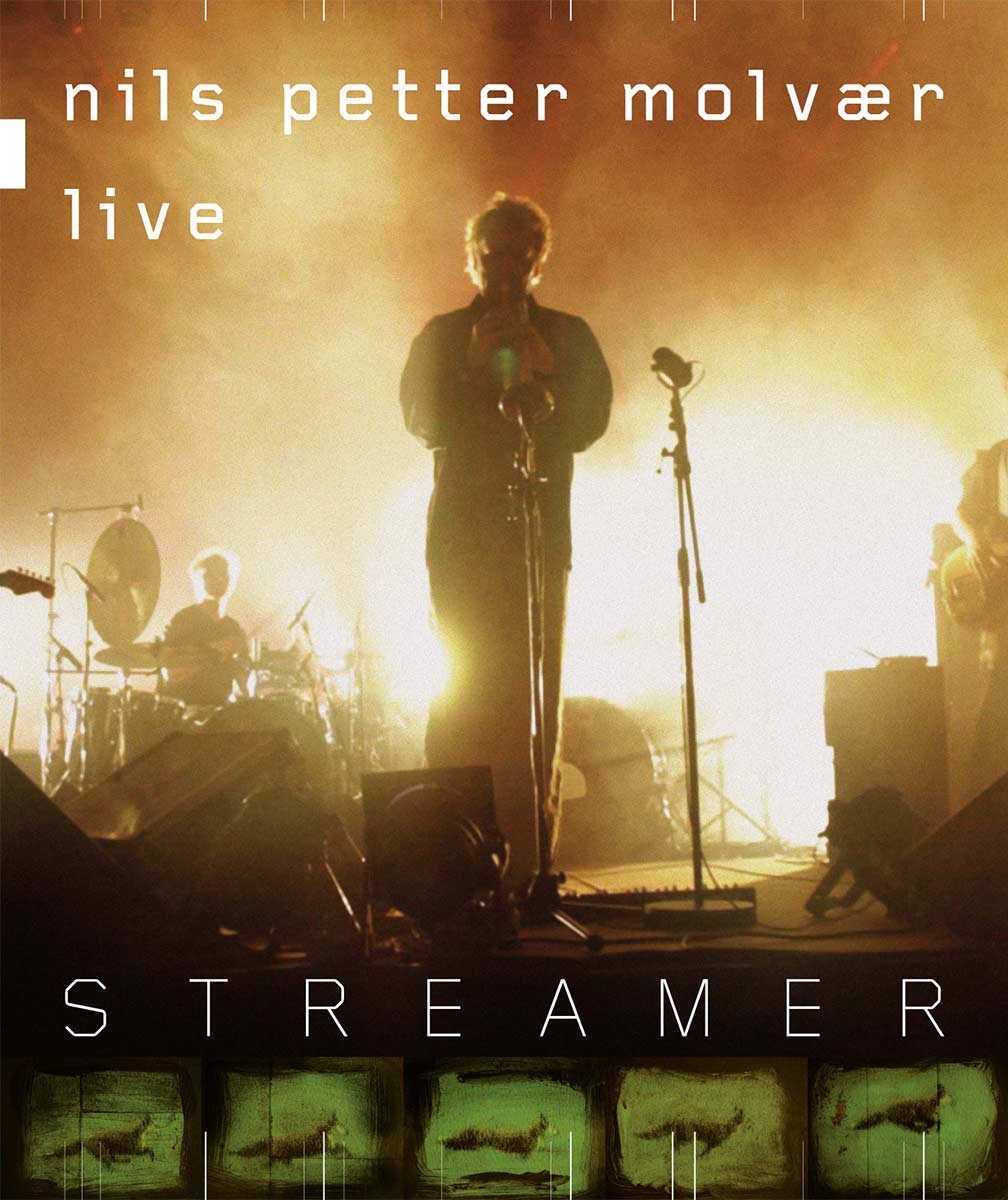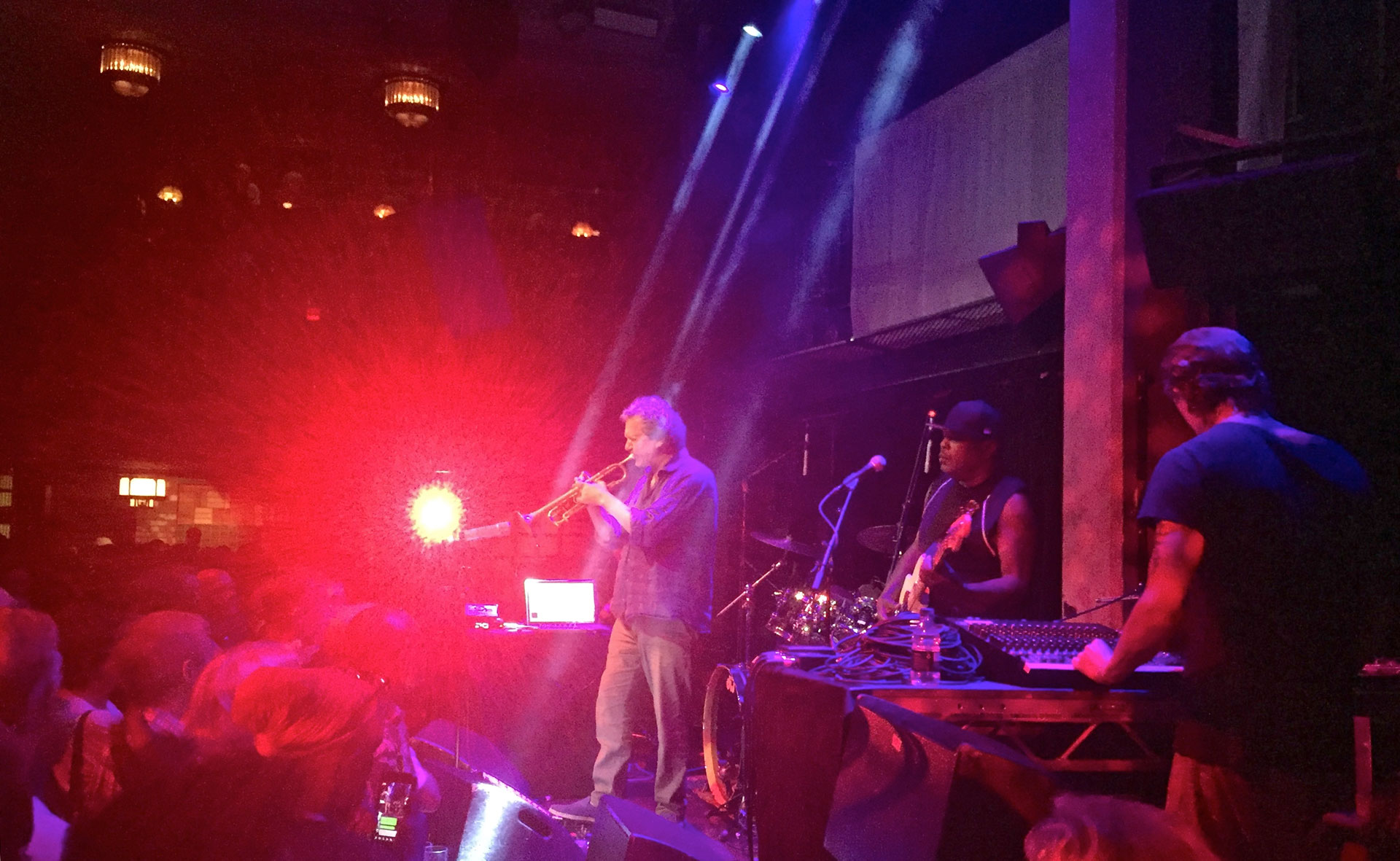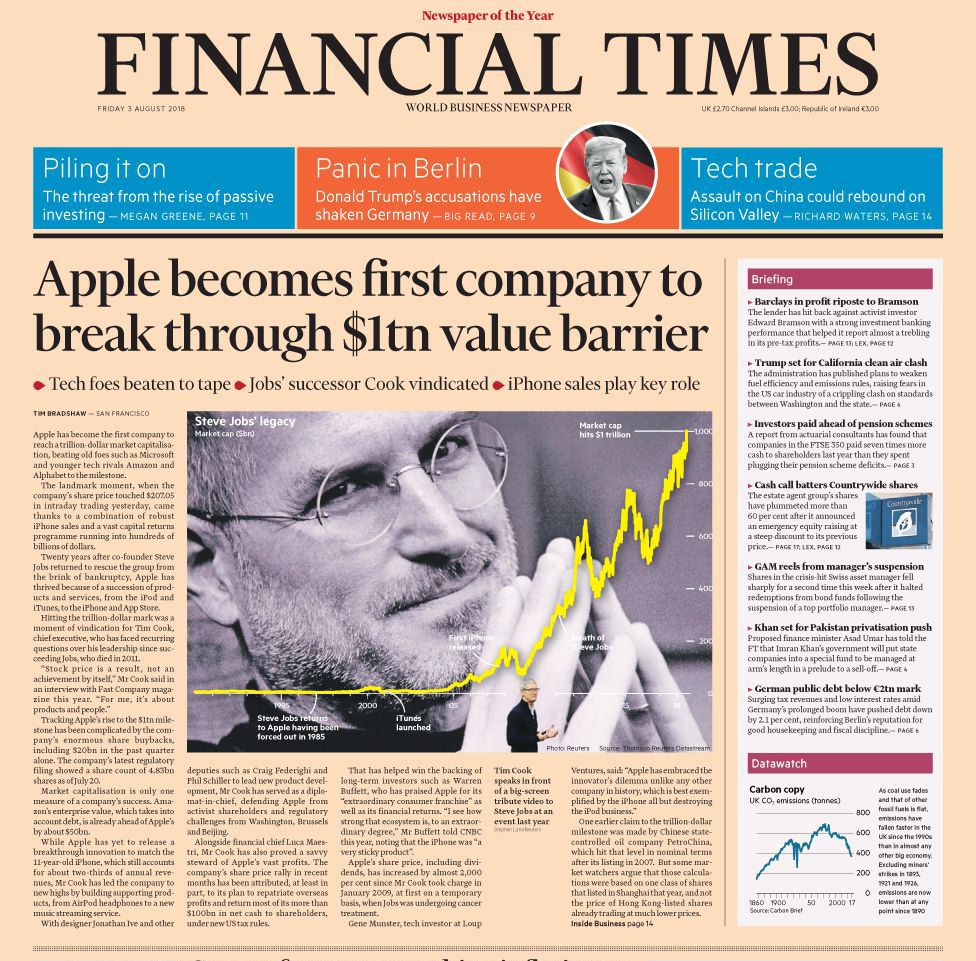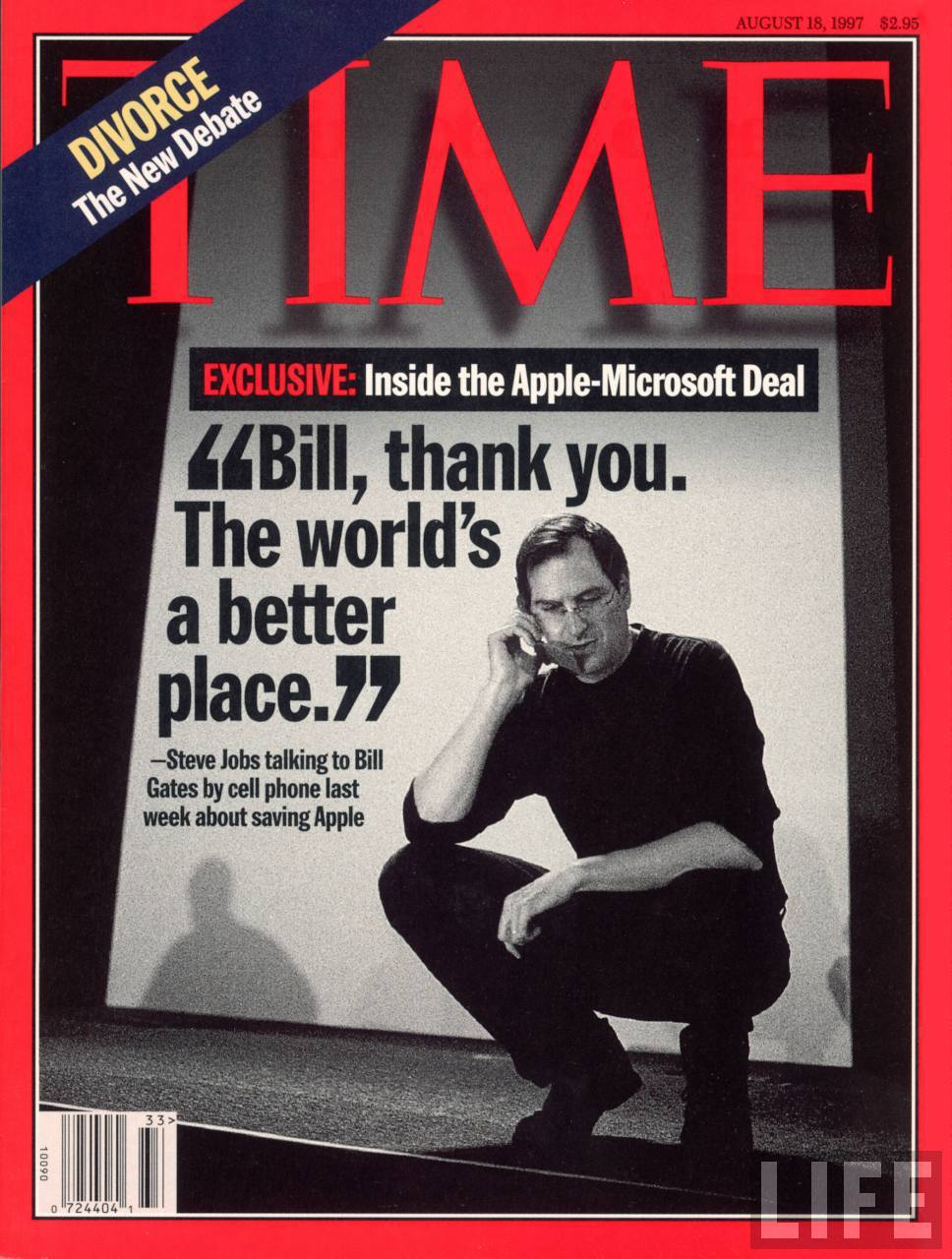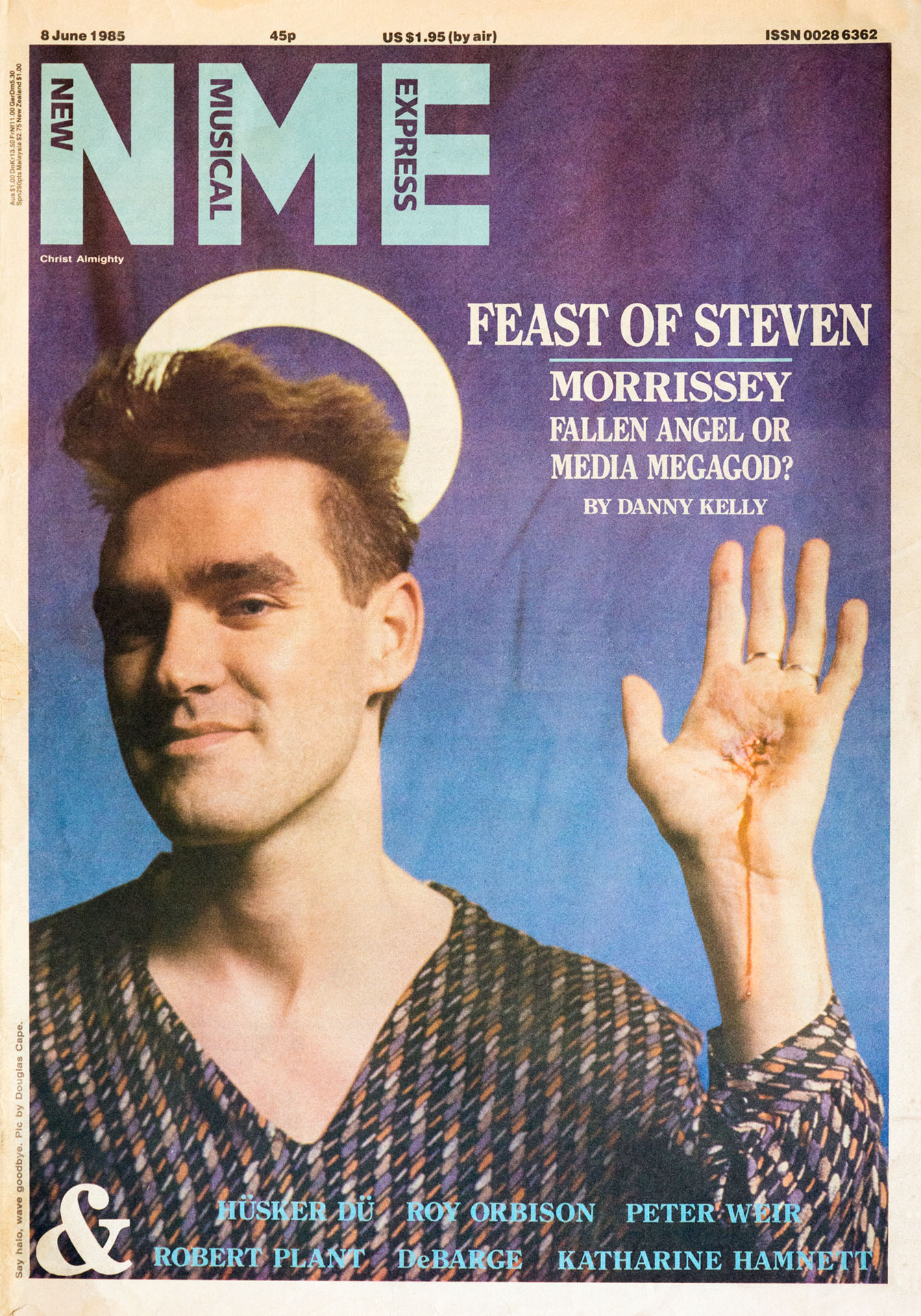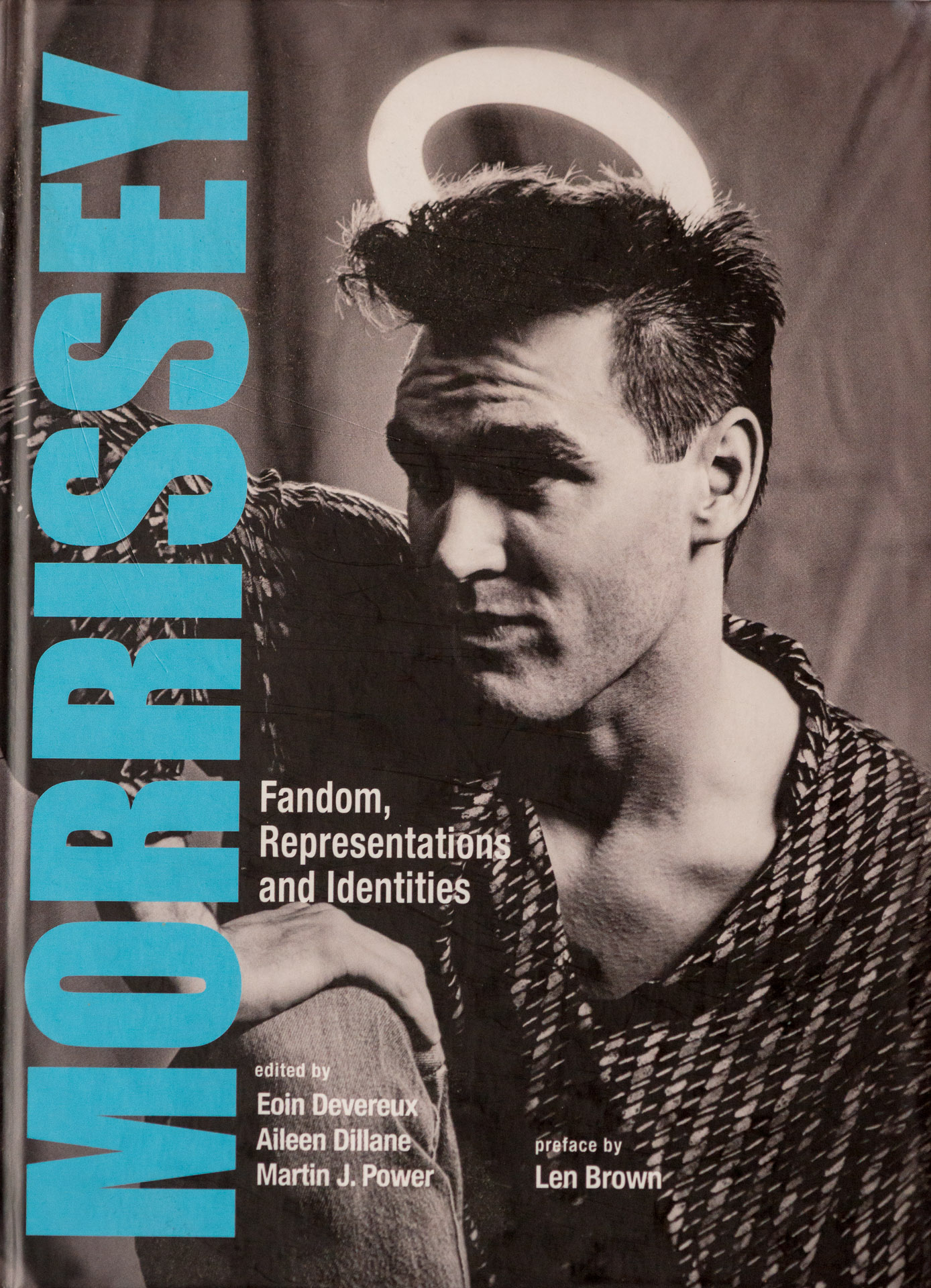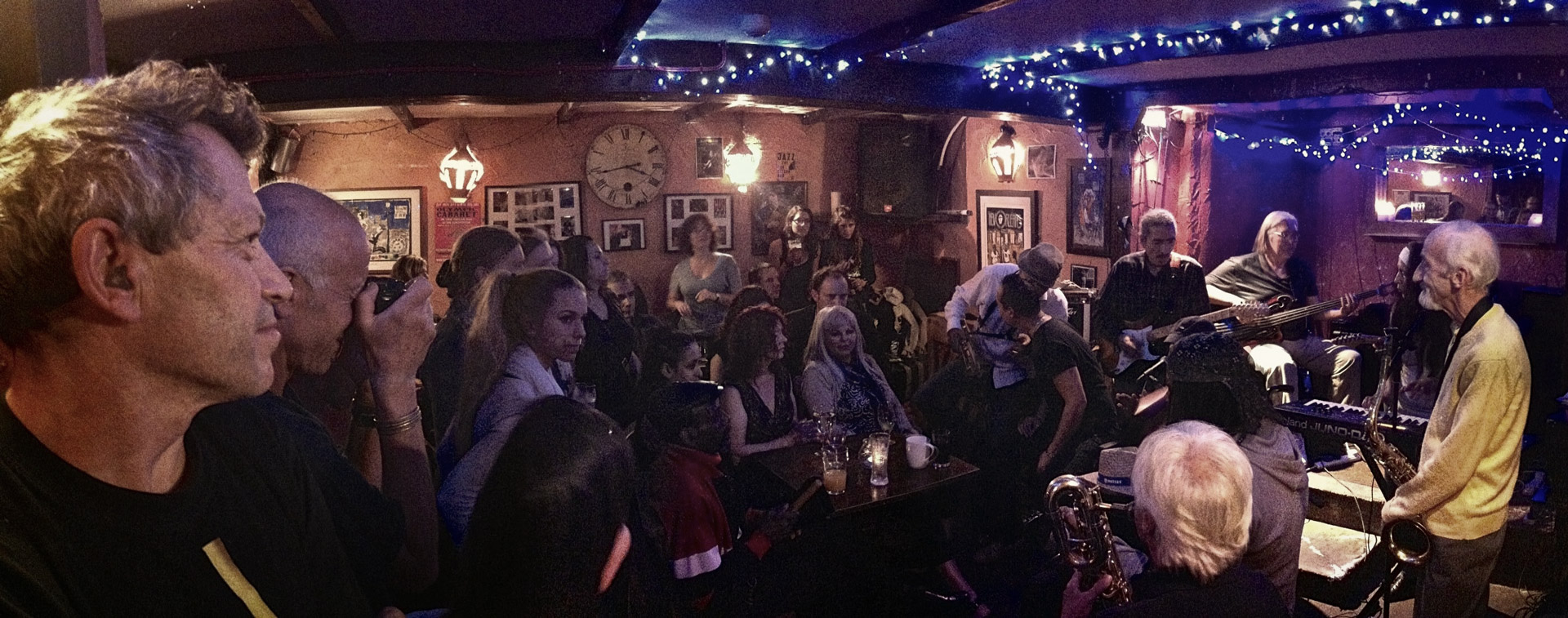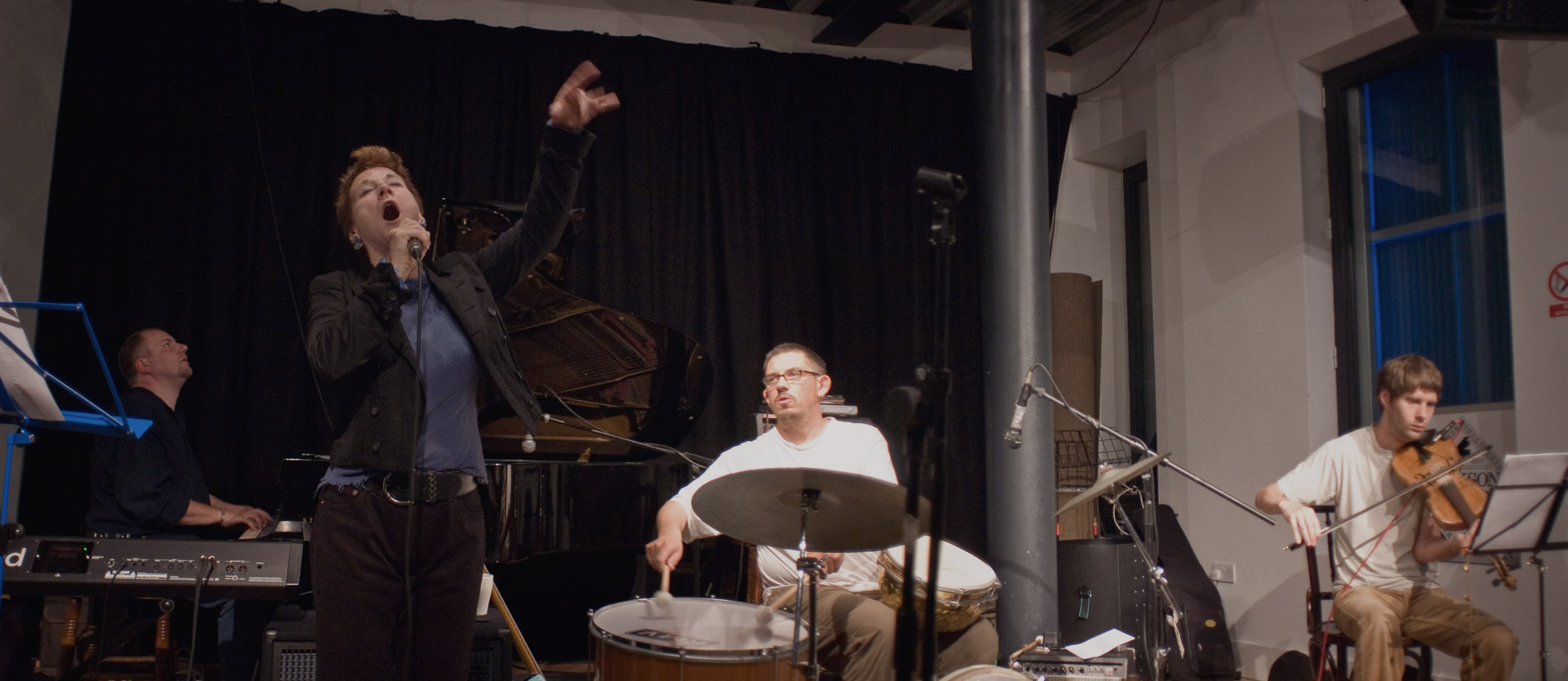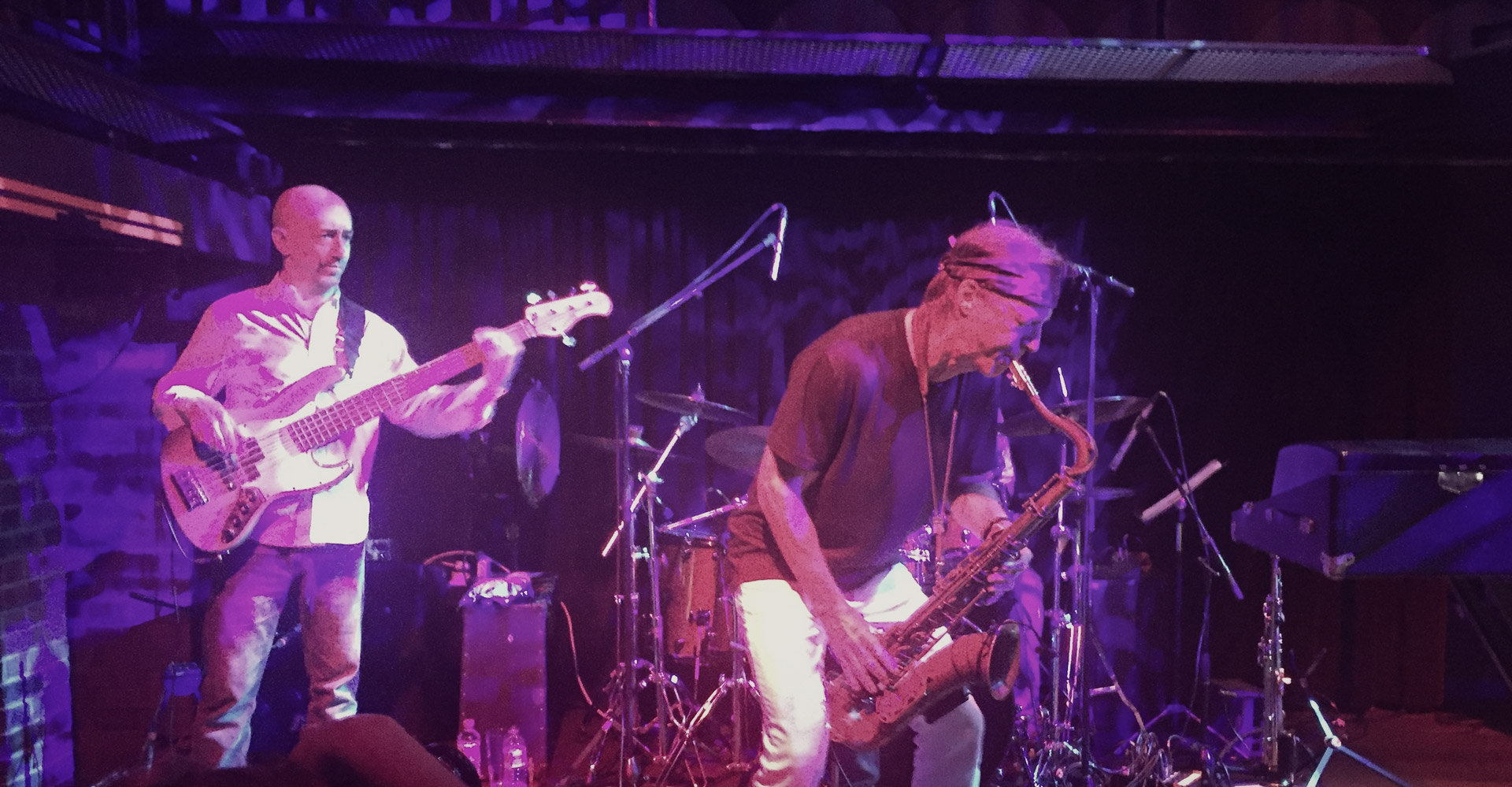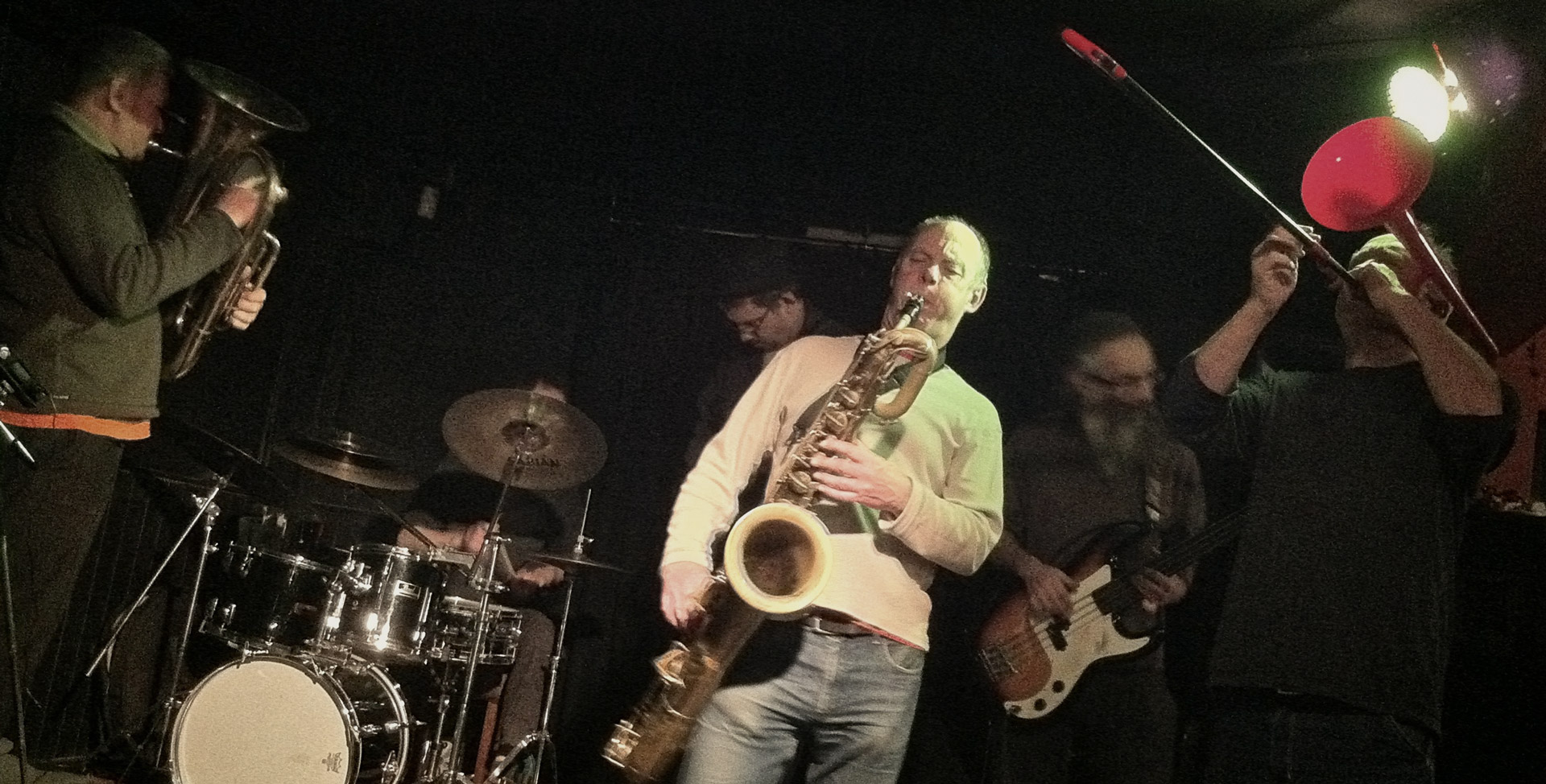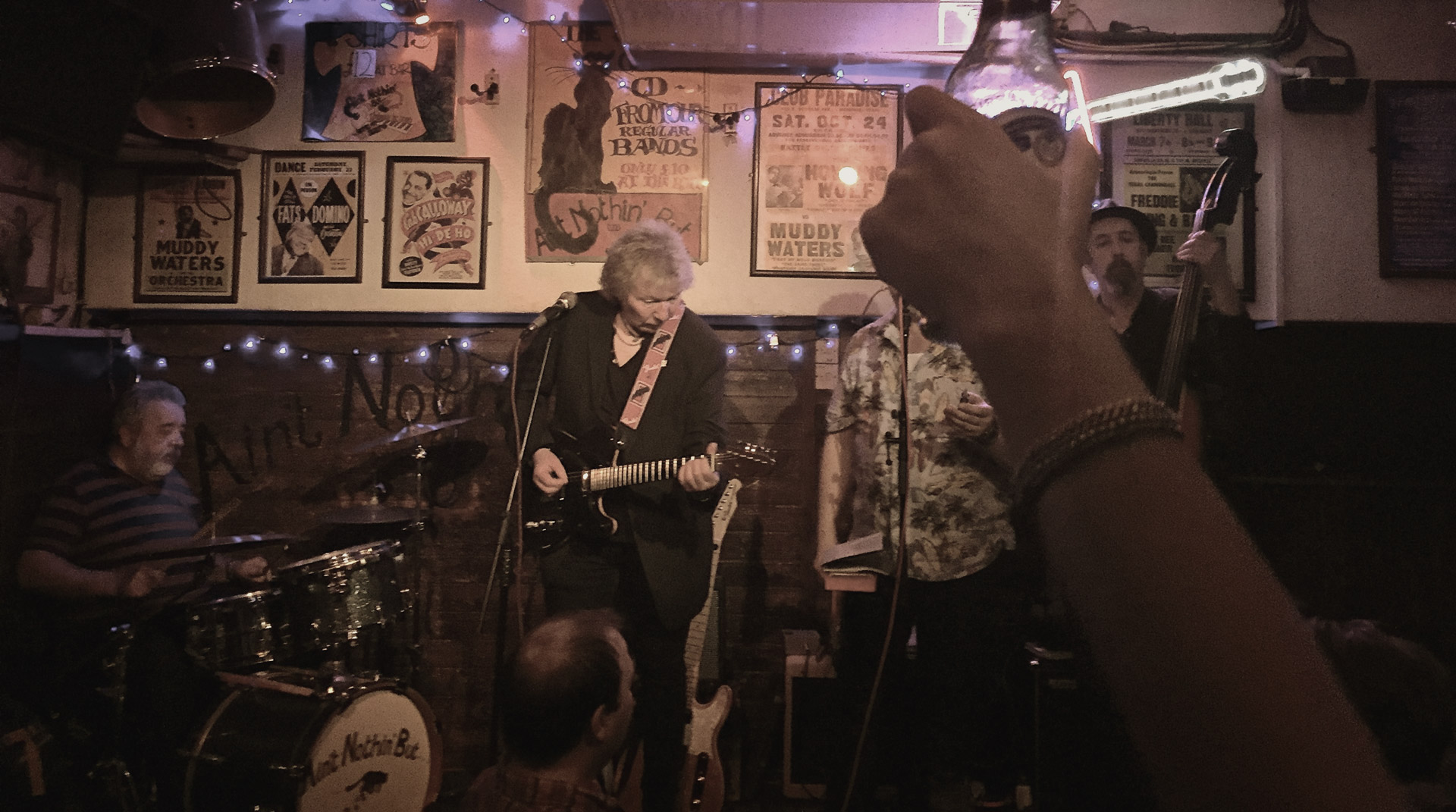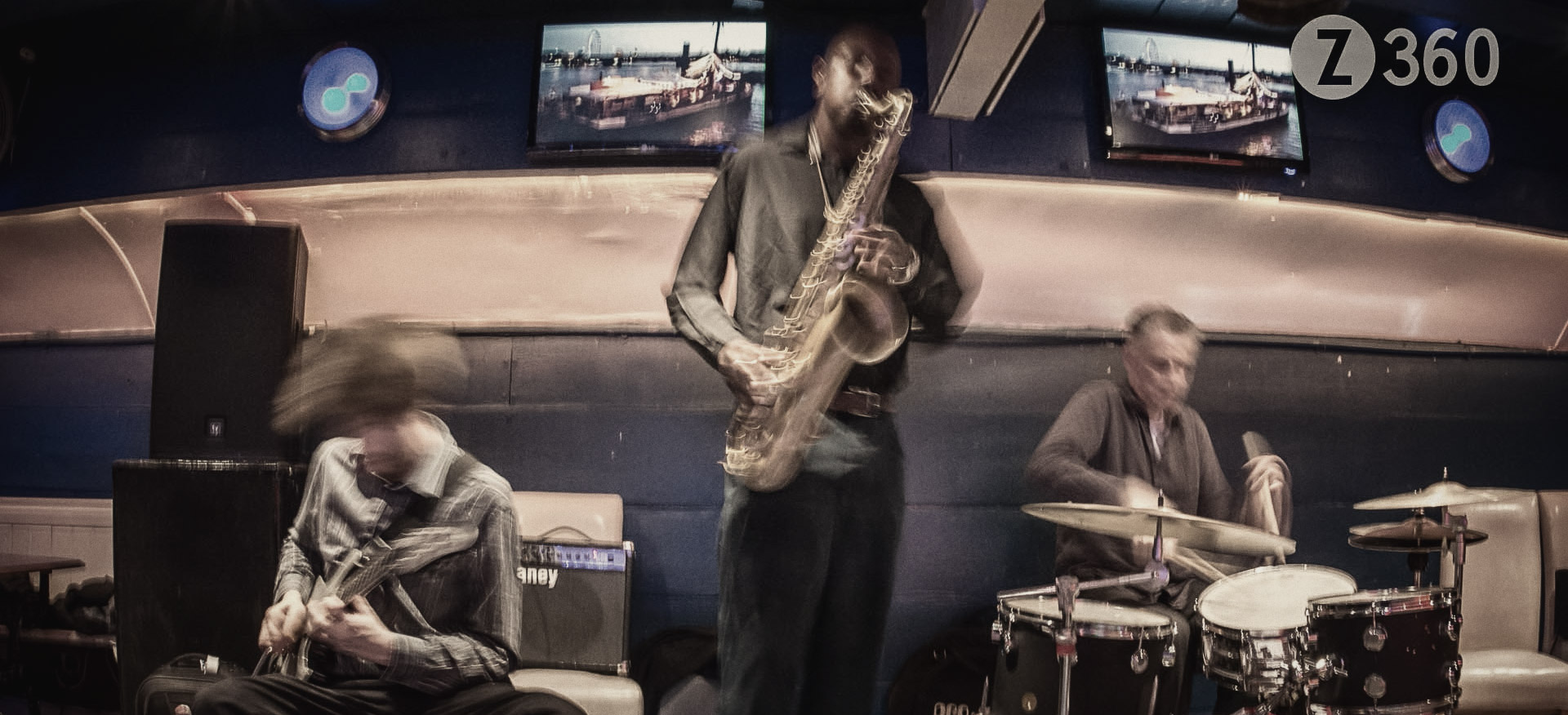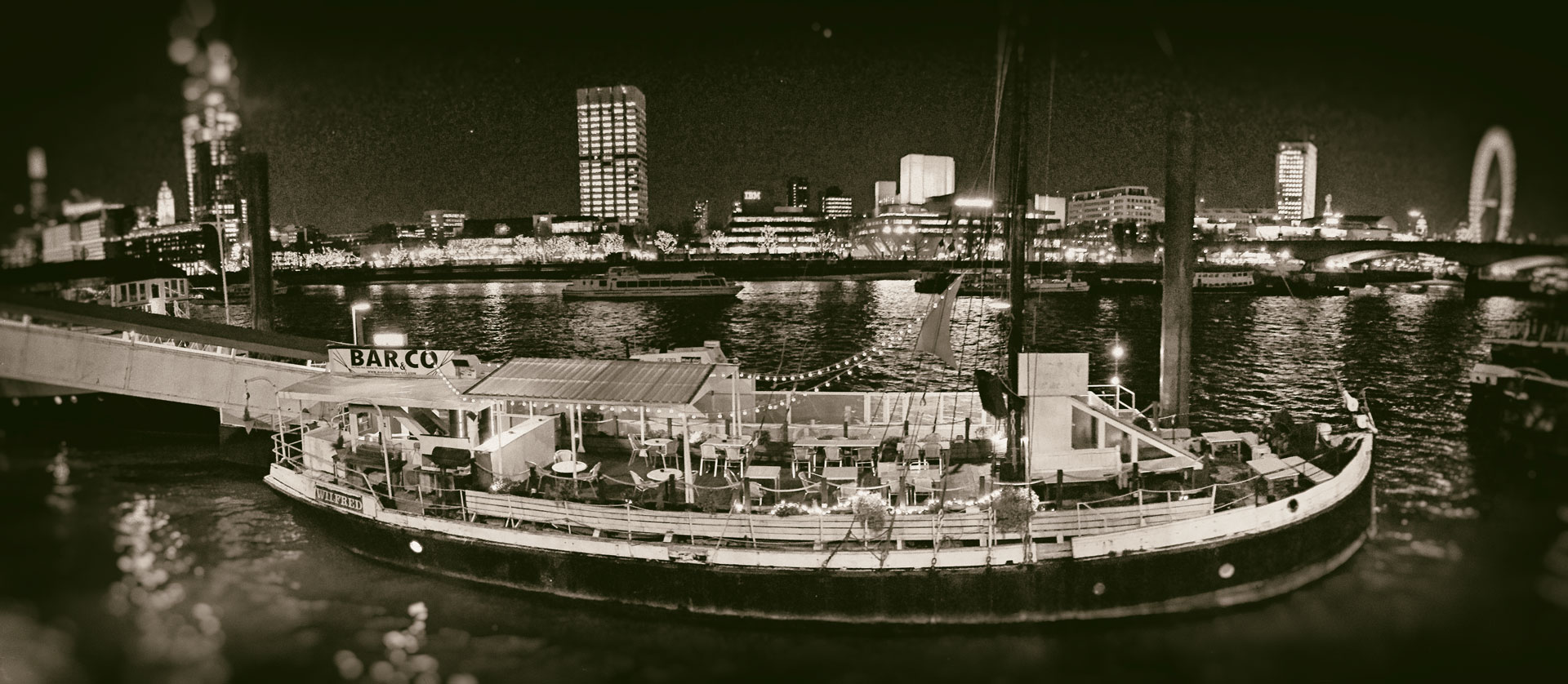The Jimi Hendrix Experience – Voodoo Chile EP
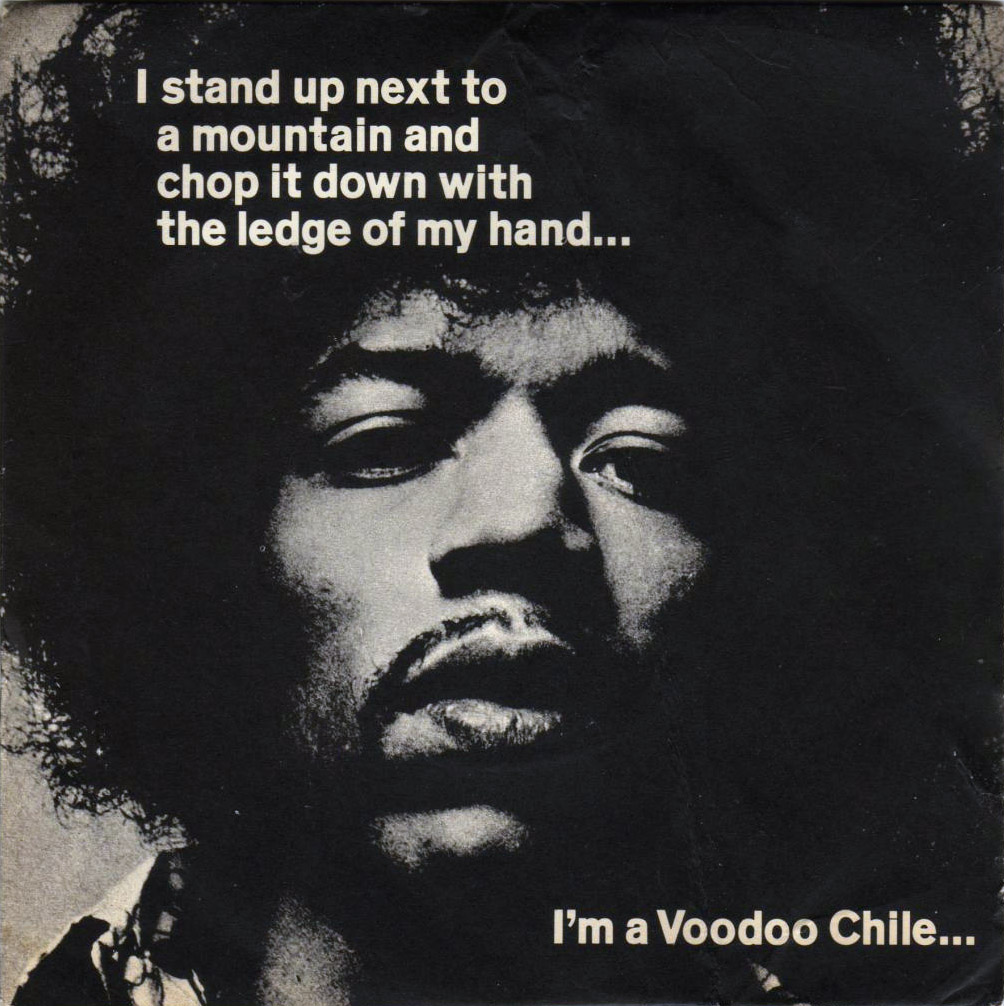
In October 1970, at the age of 15, I bought my first 45rpm single, Voodoo Chile by Jimi Hendrix. It was exceptional in many different ways. Firstly it only cost six shillings – from 1971 onwards post decimalisation that would be 30p. A normal single cost 10 shillings in those days which represented at least 2 weeks of pocket money. In addition this was an EP (Extended Play) single with three tracks, lasting over 12 minutes. It was cheap because it was regarded as a tribute single, using old tracks recorded in 1966 and 1968. Jimi Hendrix had died the previous month aged 27 in Notting Hill, London, after an overdose of sleeping pills. This single was his only UK Chart No 1.
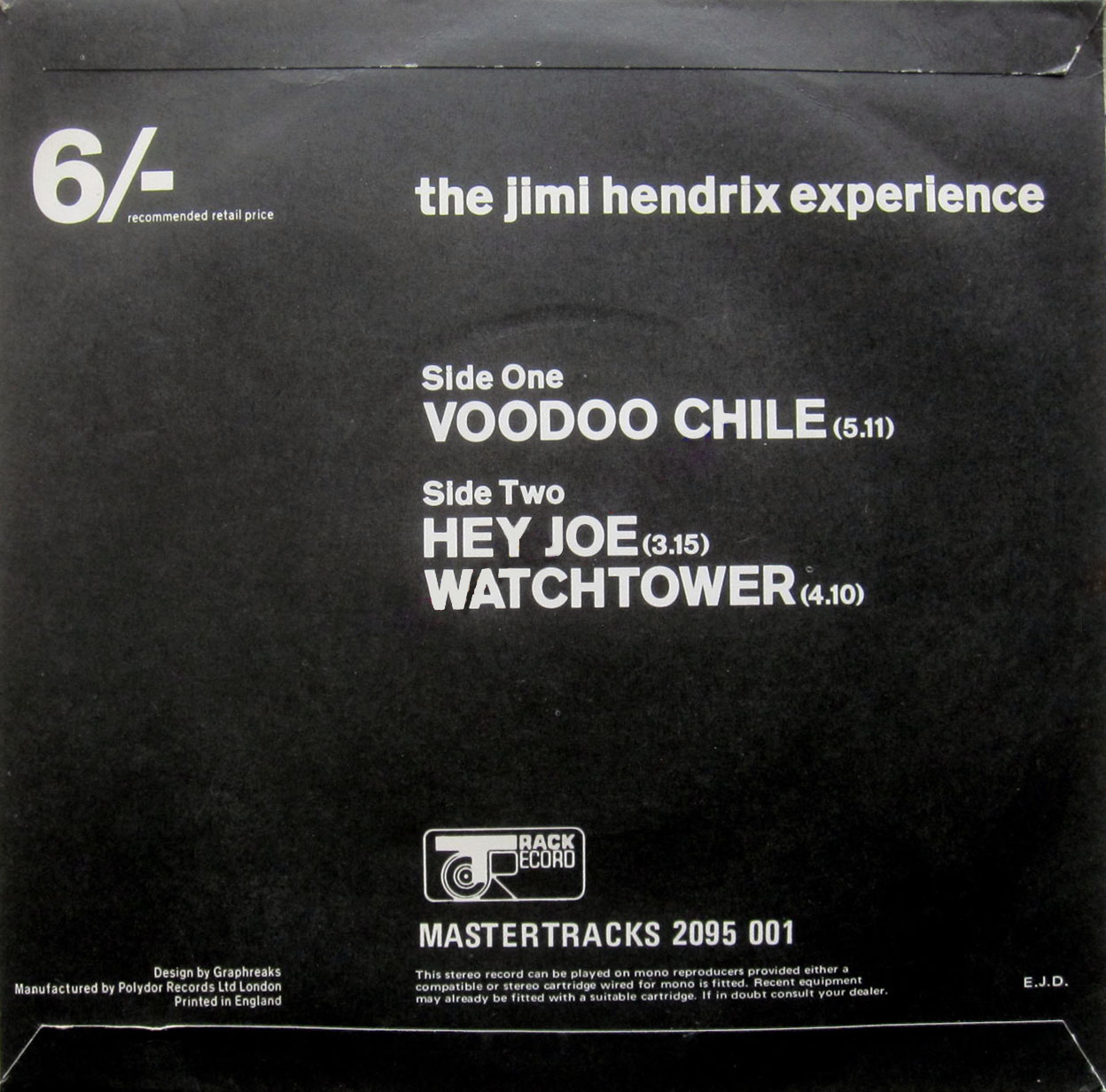
I had suffered a frustrating few years because my father had refused to buy a record player. He did have an amazing Truvox reel to reel tape recorder, but I was not supposed to touch it. I did play with it of course, but when he was out. Still one day, after I had saved up just enough money, I insisted, saying all my friends had a record player. I had ended up buying records just to play on their record players, it felt ridiculous. We went to a tiny back street lean-to where we purchased the necessary second hand bits to make our own record player, I could not afford a Dansette. We bought a sturdy 1950s portable player with a bakelite tonearm and proceeded to make our own balsa wood headshell for a ceramic cartridge. This high output piezoelectric cartridge meant we could use a cheap amplifier without pre-amp, and quickly destroy records with the heavy tonearm. However, with the addition of another speaker, it was stereo, so better and in fact much louder than a mono Dansette. I also painted it electric blue, so it looked both ridiculous and cool, and I used it for many years.
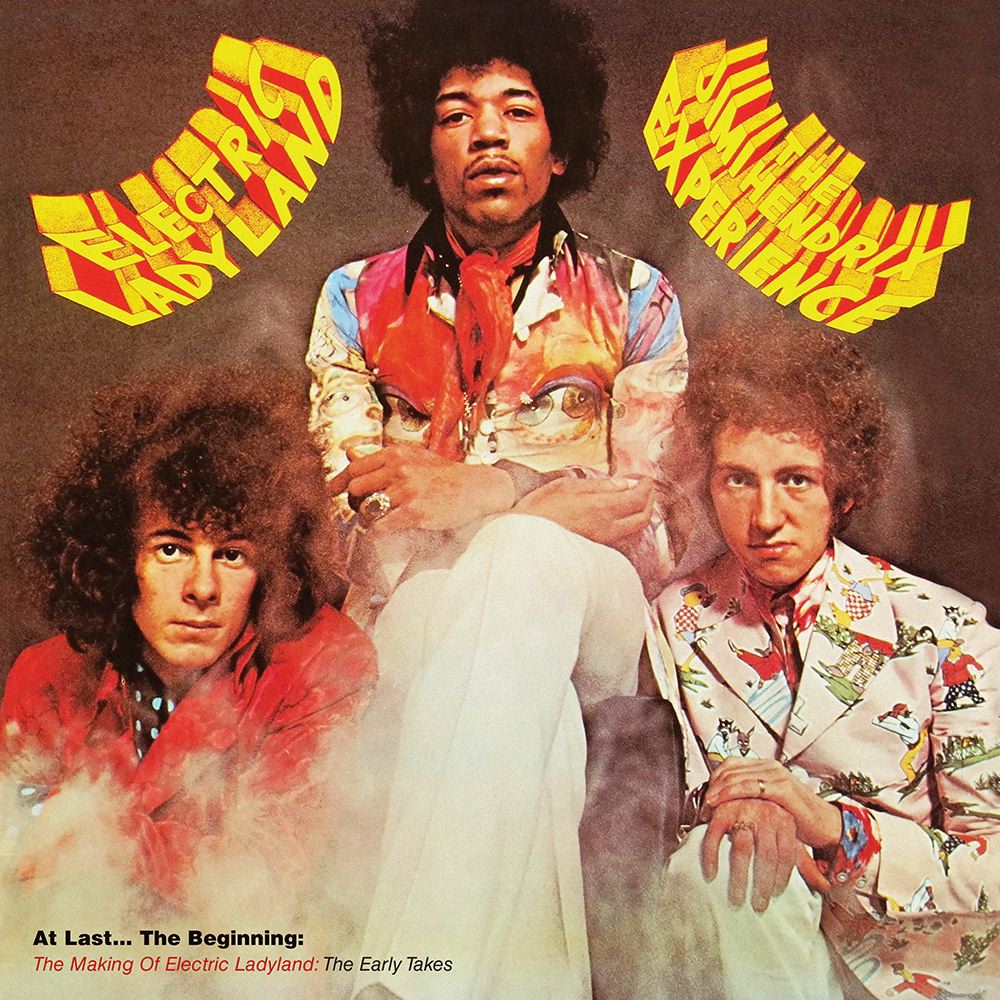
Back to Jimi and the exceptional single. Voodoo Chile was recorded in Electric Ladyland Studios in New York, with the classic Experience line up, Noel Redding on bass and Mitch Mitchell on drums. The day before Jimi had recorded the 15 minute jam version found on the double Electric Ladyland album with Jack Casady on bass and Stevie Winwood on organ. On the album, where both versions appeared, the shorter single version was named Voodoo Chile (Slight Return). The song was based on an old recording from the 1930s, Catfish Blues by Robert Petway, which had also been recorded by John Lee Hooker in the late 40s. The Experience had even played the Muddy Waters version of Catfish Blues live earlier in their career, and there you can already hear the roots of Voodoo Chile. However come 1968, Hendrix was at the peak of his powers, and he had completely rewritten the lyrics and honed the arrangement to make the dynamic blockbuster that we know today. In one sense the song became a poetic description of his own dynamic and visceral playing, his guitar is indeed chopping down mountains and then picking up grains of sand. In this five minutes there is nearly every guitar trope known to man, frottage followed by talking wah-wah descending into huge searing power chords in the first 40 seconds, then a phased solo swoops across the speakers taking us up into space. There are huge dynamics in every move he makes, he is too quick to be bombastic, the music veers between solo, chords and glissandi in an epic tour de force. Jimi is indeed demonstrating, via his guitar, that he is the voodoo child.
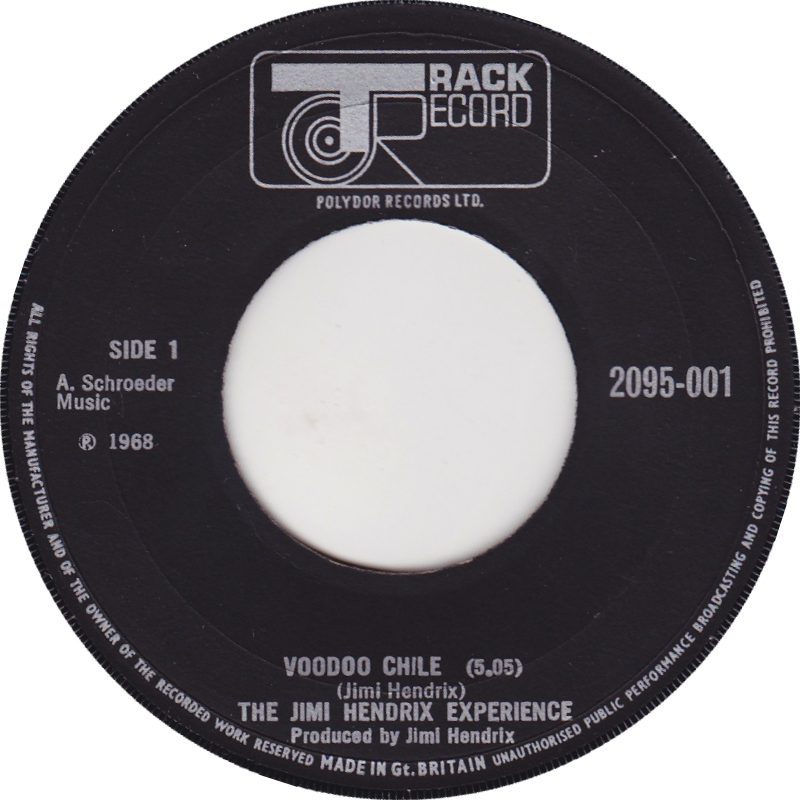
While his guitar could do plenty of talking, here his vocal prowess is a match with it. The casual belief in his own boasting is delivered with complete authority and an infectious enthusiasm. Whispering asides, even apologies, are made before he ascends into the next world, screaming with dramatic urgency “Don’t be late”. The bare lyrics, while suggesting he has god like powers, also contain genuine concern, with lines from a love song worried that he will “take up all your sweet time”. Still before long he is an alien again, there is another world out there, the counterculture, and out there he’s a voodoo child. Noel Redding claims the song was basically improvised live since they were being filmed at the time, which may well explain the unique dynamism.
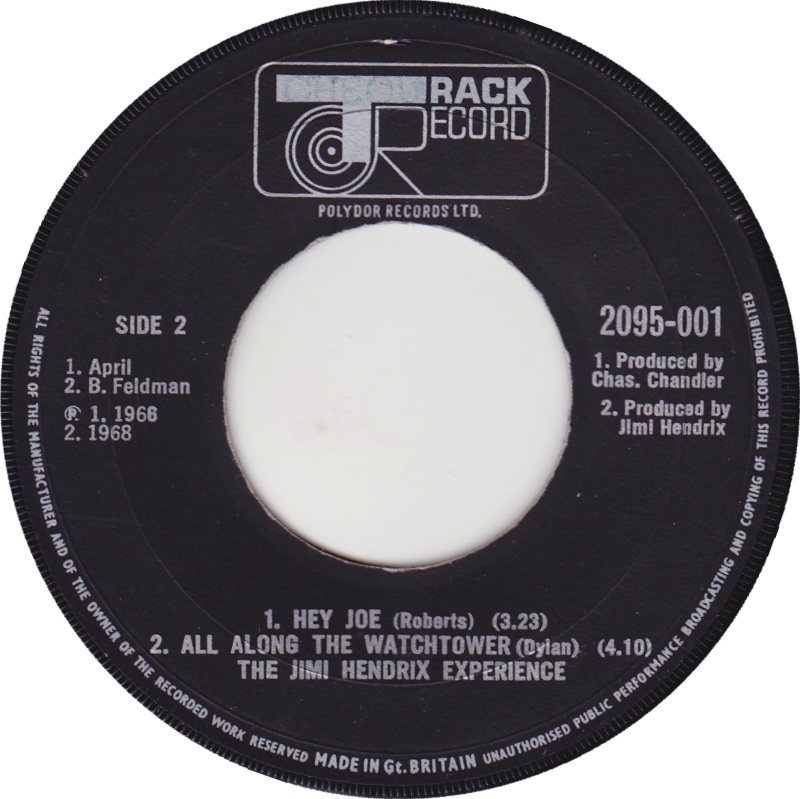
The other side of the EP starts with Hey Joe, recorded in 1966 during the early sessions for his first album Are You Experienced. I was later to purchase this album in WH Smith for just £1, since it was re-released in a budget ‘backtrack’ series in a plain brown sleeve. My bakelite record player was soon to wear out the grooves on that one. The origins of the song Hey Joe are hazy, it was credited to an obscure Californian folk singer in 1962, known as Billy Roberts, but there are several other antecedents. However the version which inspired Jimi was undoubtedly by the West Coast band Love, since Jimi and the lead singer of Love, Arthur Lee, had recorded together the previous year in LA. Chas Chandler, former bass player for the Animals, saw Jimi performing the song in New York’s Cafe Wha?, and it became the first single when Chas brought Jimi over to England and signed him to Track Records. This single set the template for the Jimi Hendrix Experience, already you can hear the unique guitar style in his solo, while his conversational singing breaks into anguish as the song builds to it’s climax. It reached number 6 in the UK charts. No surprise that it is featured on his memorial single, this was the first hit record.
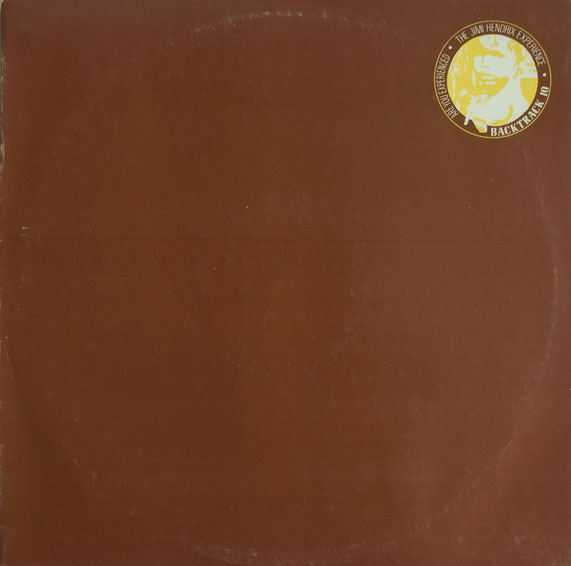
And finally the apocalypse. Huge urgency drives Jimi’s version of the Bob Dylan song All Along the Watchtower. It has been named as the greatest cover version of all time. Despite appearing on Electric Ladyland, it was recorded at Olympic Studios in London with guests Brian Jones and Dave Mason, and Jimi himself played bass after a dispute with Noel Redding. The original song, which featured on Bob Dylan’s acoustic John Wesley Harding album, could not sound more different. There is still a sense of urgency in Dylan’s version, but the instrumentation is sparse with a plaintive harmonica, all the drama comes from the vocal line, as befits a folk album recorded in Nashville. Jimi had long been a fan of Dylan’s, and covered several of his songs in concert, the terse yet convoluted lyrics seemed to suit his own singing style. Here though, Jimi makes the song his own to the extent that Dylan has said “when I sing it, I always feel it’s a tribute to him in some kind of way.” The reason being that Dylan now sings the Hendrix arrangement, as heard on his 1974 live album with The Band, Before the Flood.
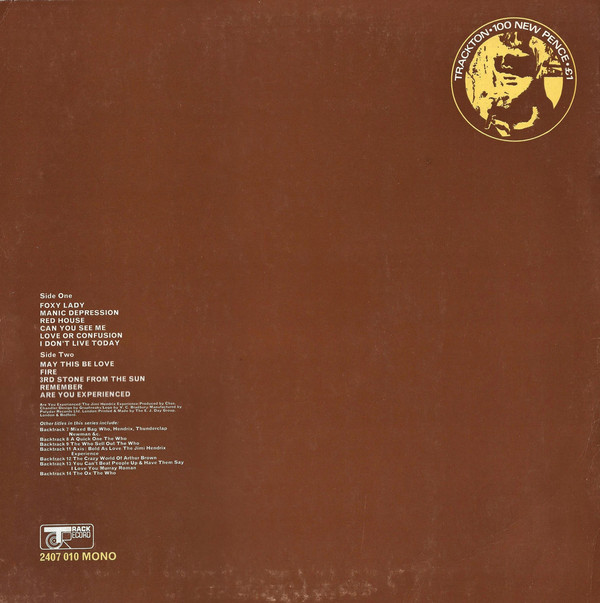
The religious based imagery of the song, suggested by the Book of Isiah, does indeed summon up an archaic, end of days atmosphere. The stinging guitar lines suggest the horsemen of the apocalypse, the movement is palpable, horses are galloping through a slashing, distant storm. Dylan claims he wrote the song in reverse, we never seem to know whether we are fleeing confusion or bringing chaos to the gates of the watchtower. Only at the end of the song do we realise that the two horsemen must be the joker and the thief. Nevertheless the sense of desperation is ever present, the hour is getting late, the whirling howling guitar suggesting cataclysm is upon us. It is at once a comment on the failing vision of the counterculture, as it faded into drug addiction and Vietnam war protest, and simultaneously a call to arms for the outsiders, the jokers and the thieves. It was Hendrix who transformed this song from an elegy into a song of protest, welcoming the future conflagration of corrupt establishment values, defined by the gradually building guitar line ending in a blistering shower of repeated high notes. Now the music matches and reinforces the lyrical intentions of the song.
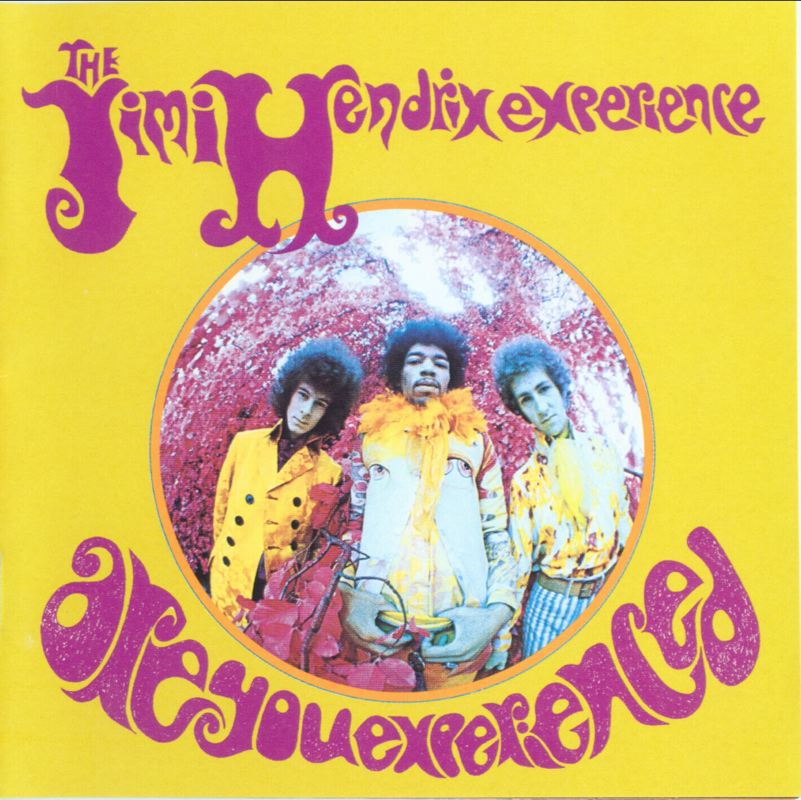
When Jimi Hendrix died I had been saddened, but thought there would be another great guitar player along in a minute, there seemed to be plenty around. In vain I waited, maybe Jeff Beck would take up the mantle, or perhaps Robin Trower. Buddy Guy, Albert Collins and Albert King took on some of his stylings (or vice versa), but they were playing firmly in the Blues tradition. Much later I discovered Bill Frisell, whose work with Naked City and Power Tools seemed to echo some of Jimi’s more esoteric musical concerns. There was one reason that nobody sounds quite like Jimi, he played right-handed guitars that were turned upside down and restrung for left-hand playing. Nobody would be crazy enough to do that nowadays. In addition, he was right place right time for the new Vox-Wah pedal and associated phasing effects, the electric guitar had come of age. The best Jimi guitar impersonator was undoubtedly Stevie Ray Vaughn, who recorded an 11 minute version of Voodoo Chile, which while played with great power and elan, is simply a remake. Finally I did see a great live version of Voodoo Chile, unexpectedly played by Vini Reilly, guitarist for Morrissey and Factory Records, but of course he couldn’t sing, which would explain why he made instrumental records. There is no-one since Hendrix who has managed to make such a unique synthesis of blues, rock, funk and space music in the way that he did. Despite his foreshortened career, after fifty years he stands alone, a revolutionary artist just as powerful as Picasso, Beckett or Beethoven.
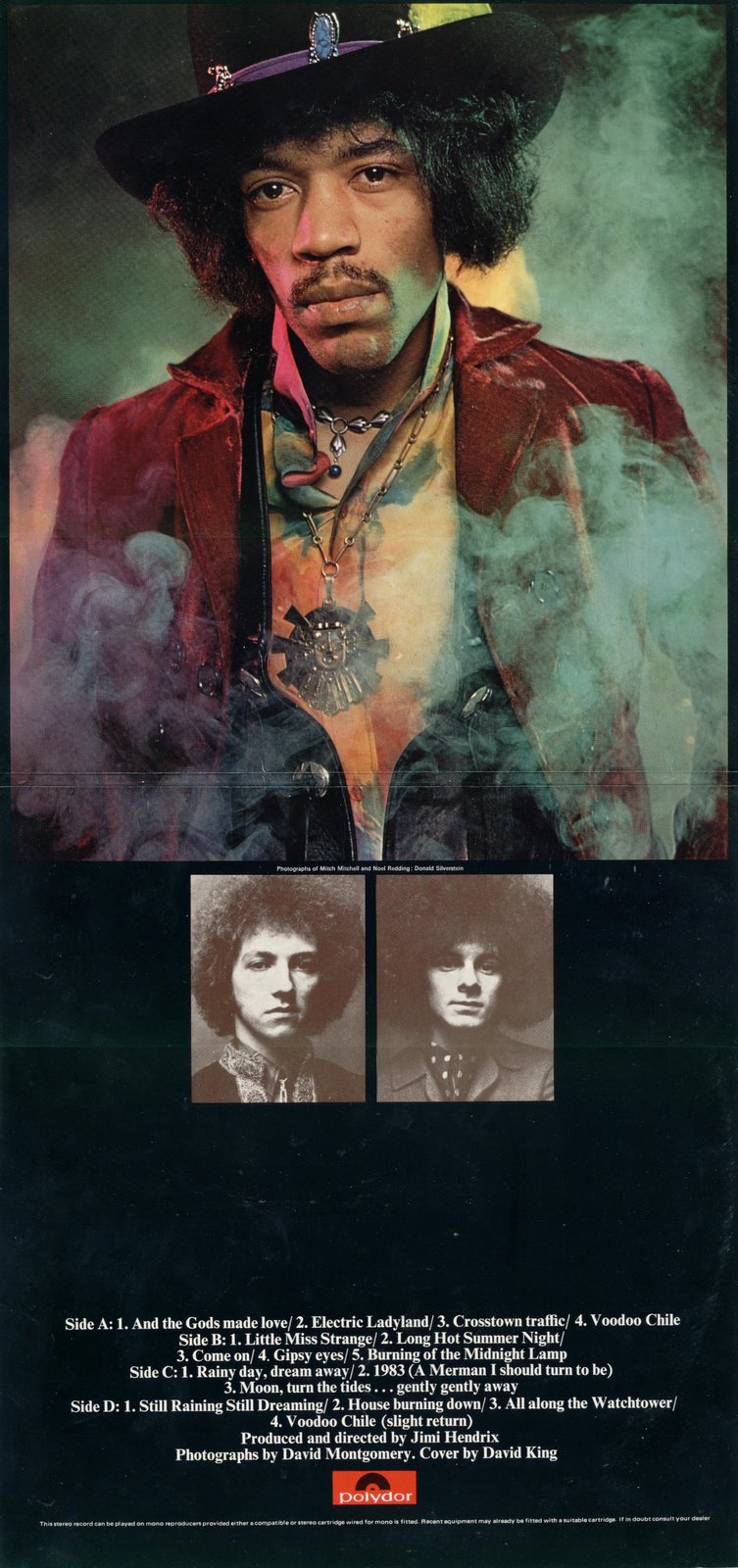 The Jimi Hendrix Experience
The Jimi Hendrix Experience
Jimi Hendrix
Born November 27 1942 in Seattle, Washington, USA
Died September 18 1970 in Kensington, London, UK
Mitch Mitchell
Born 9 July 1946 in Ealing, Middlesex, UK
Died 12 November 2008 in Portland, Oregon, USA
Noel Redding
Born 25 December 1945 in Folkestone, Kent, UK
Died 11 May 2003 in Clonakilty, County Cork, Ireland
*
Update 10 June 2020
This article was extensively quoted in the Guardian Readers Favourite UK No 1s
*

